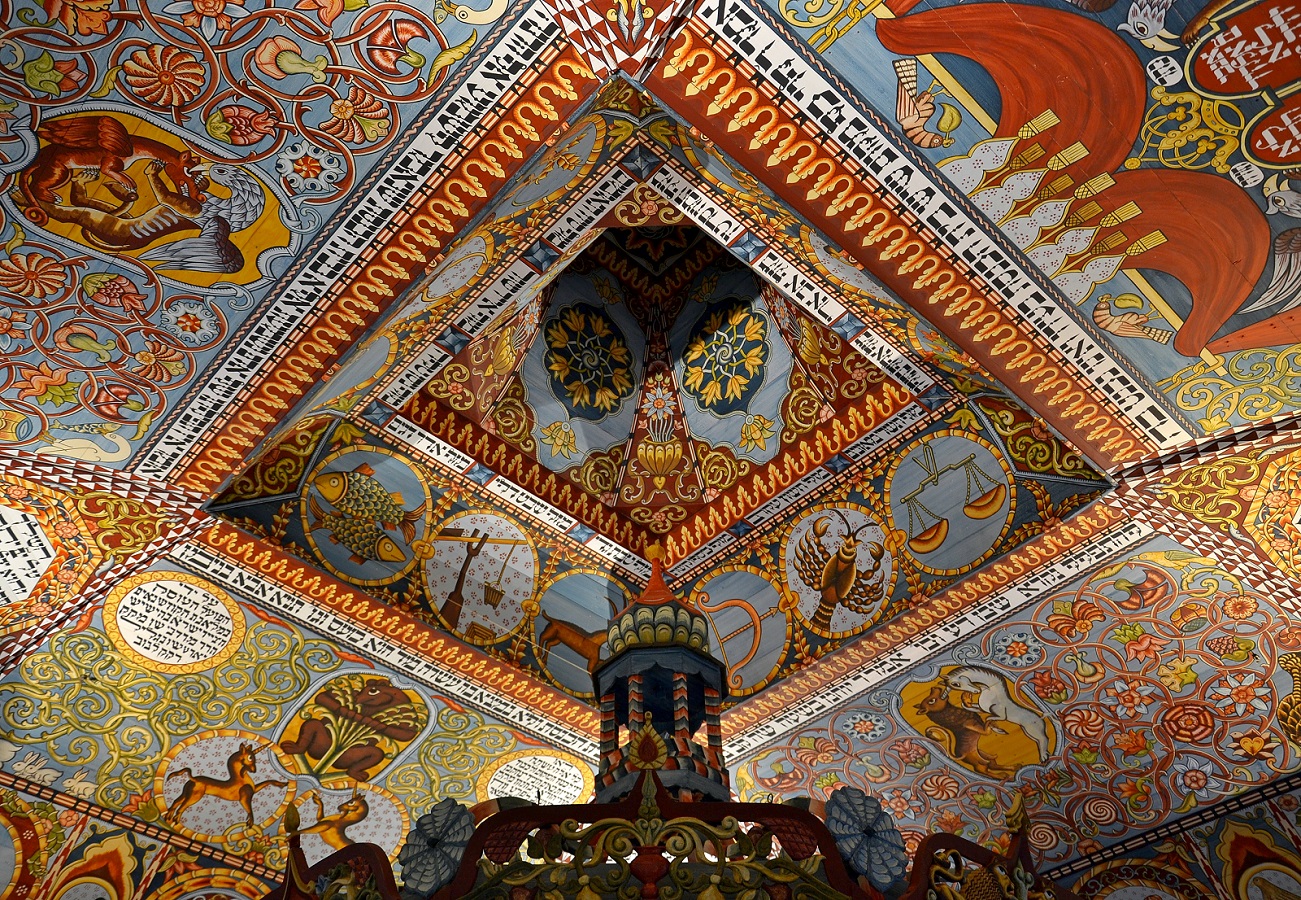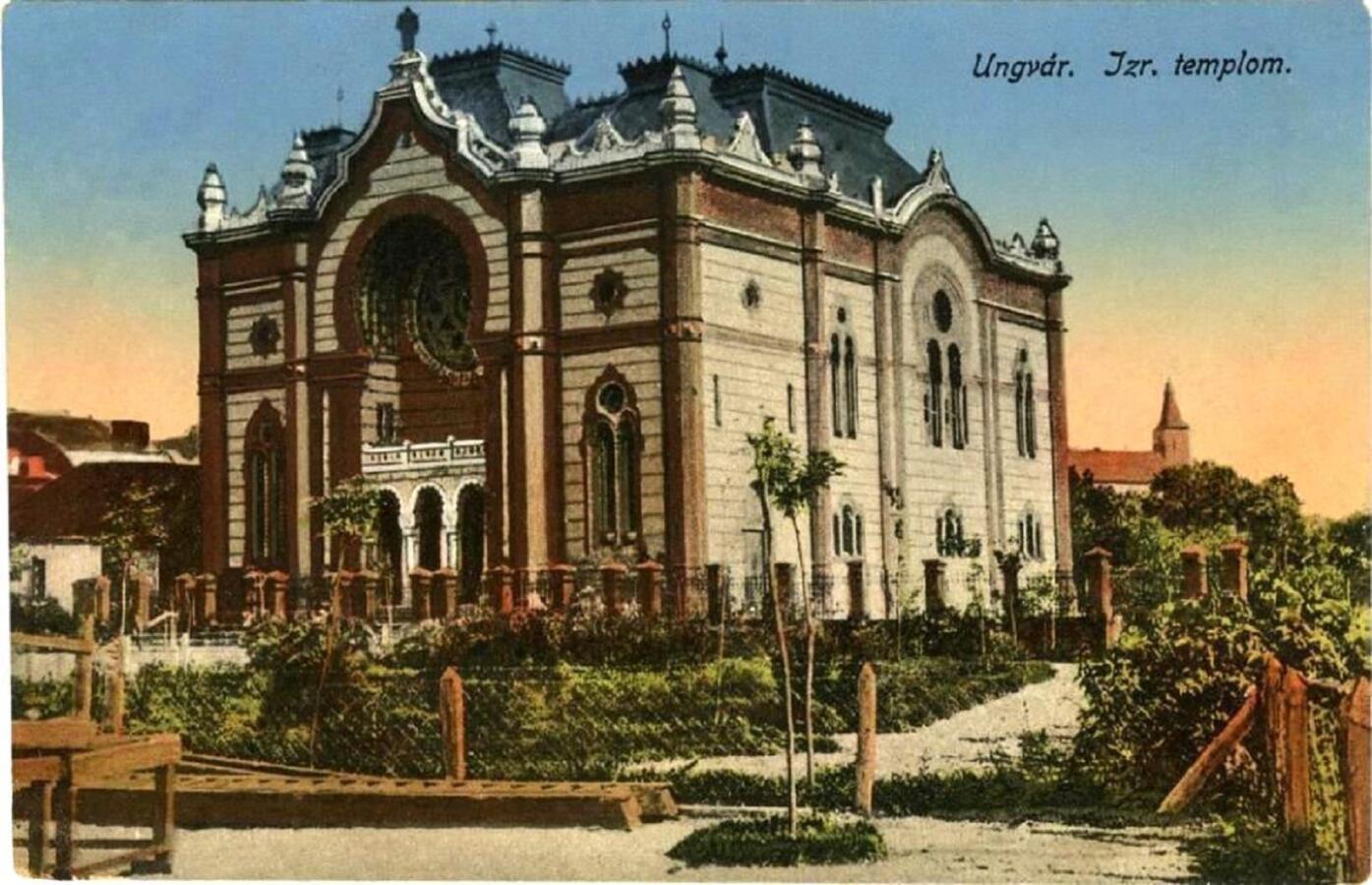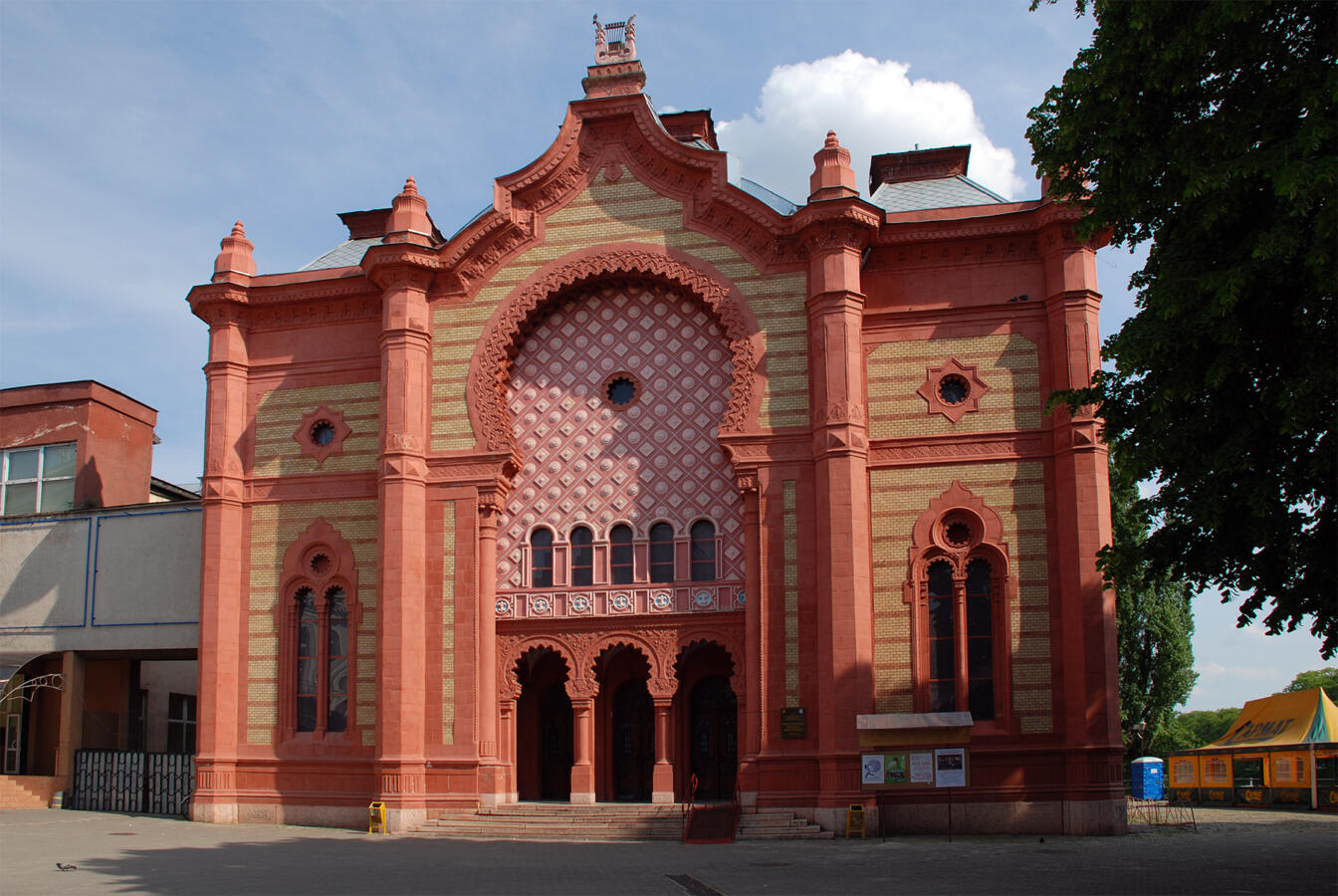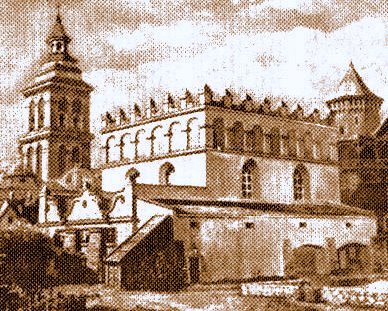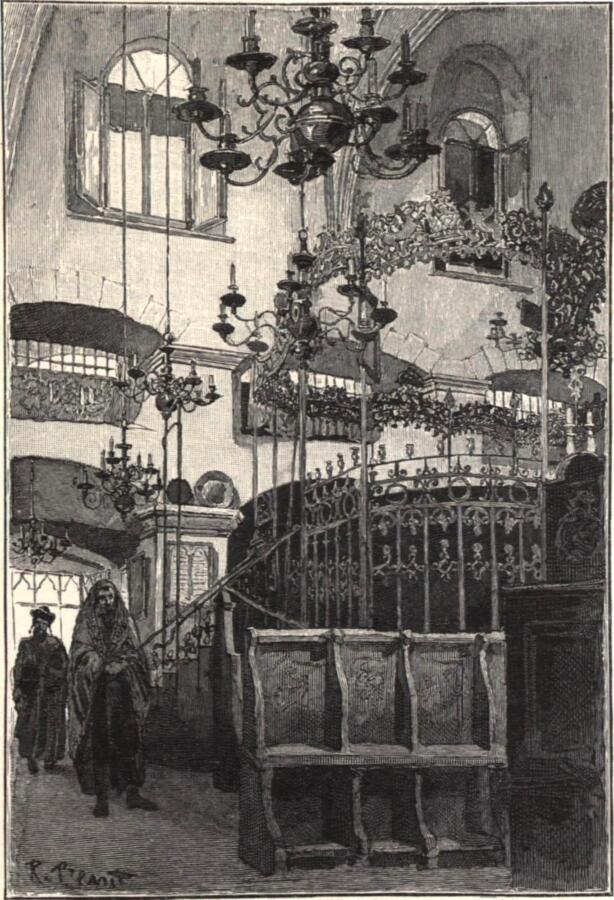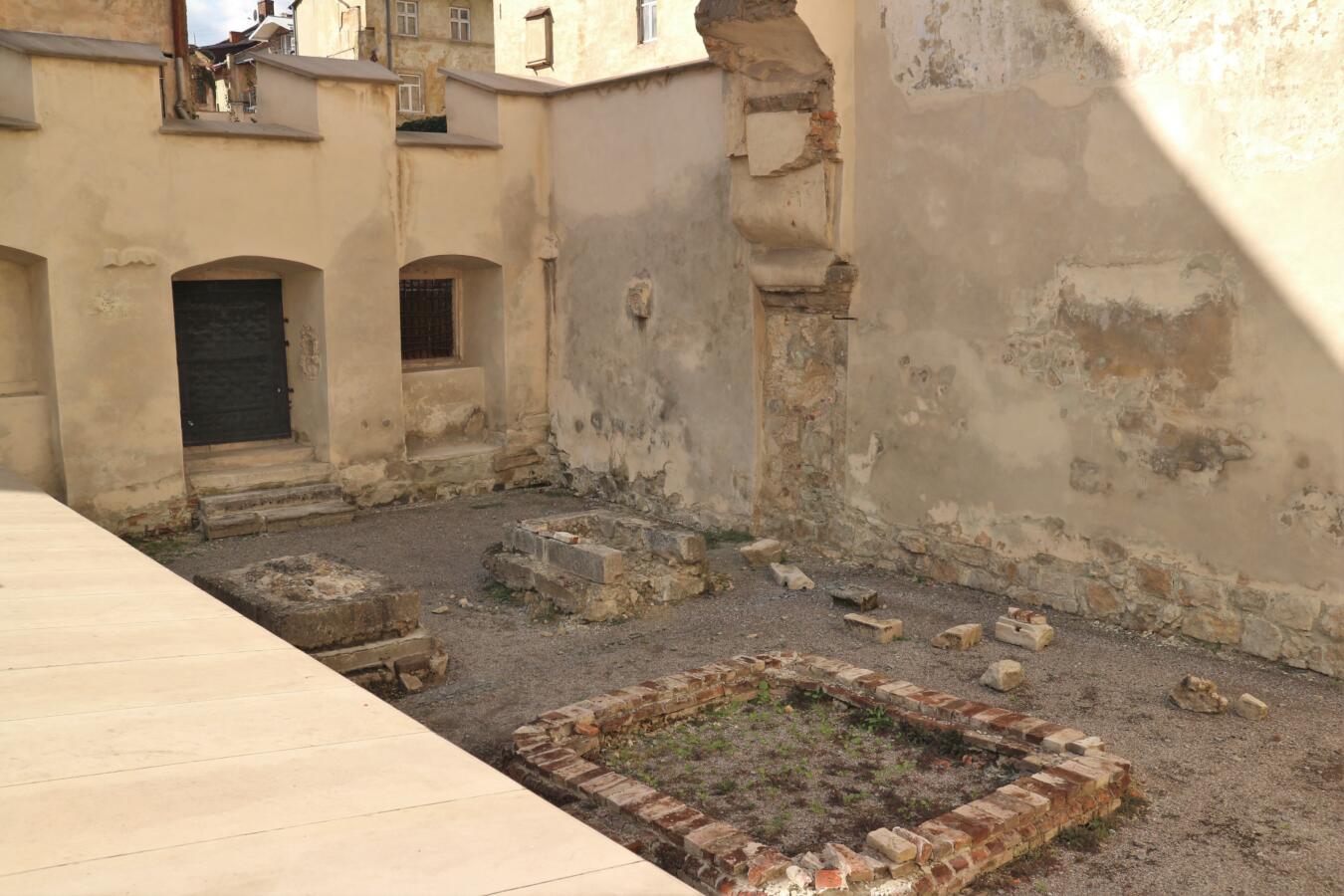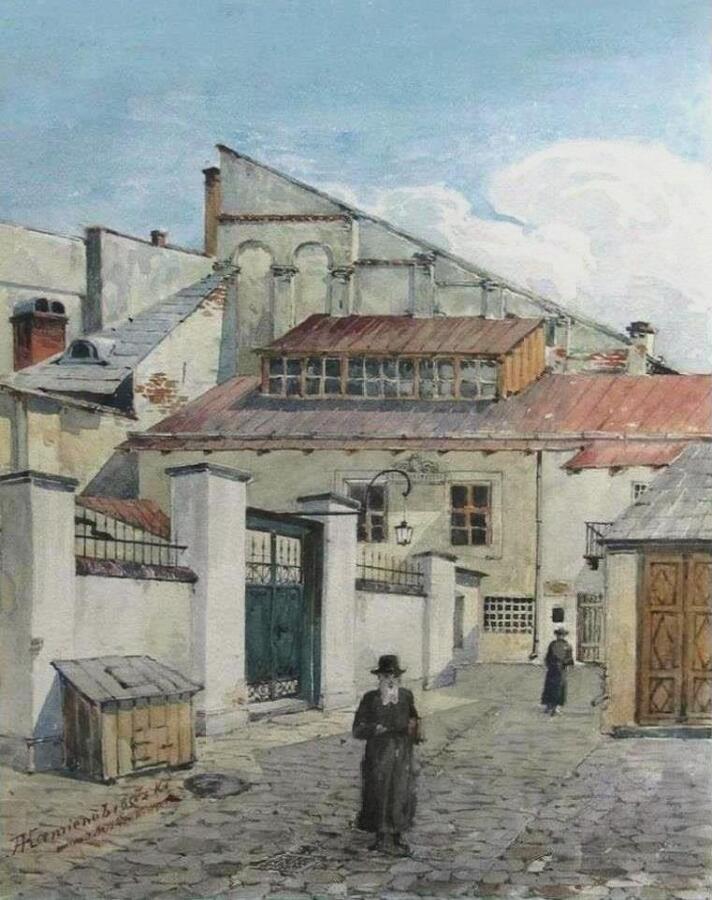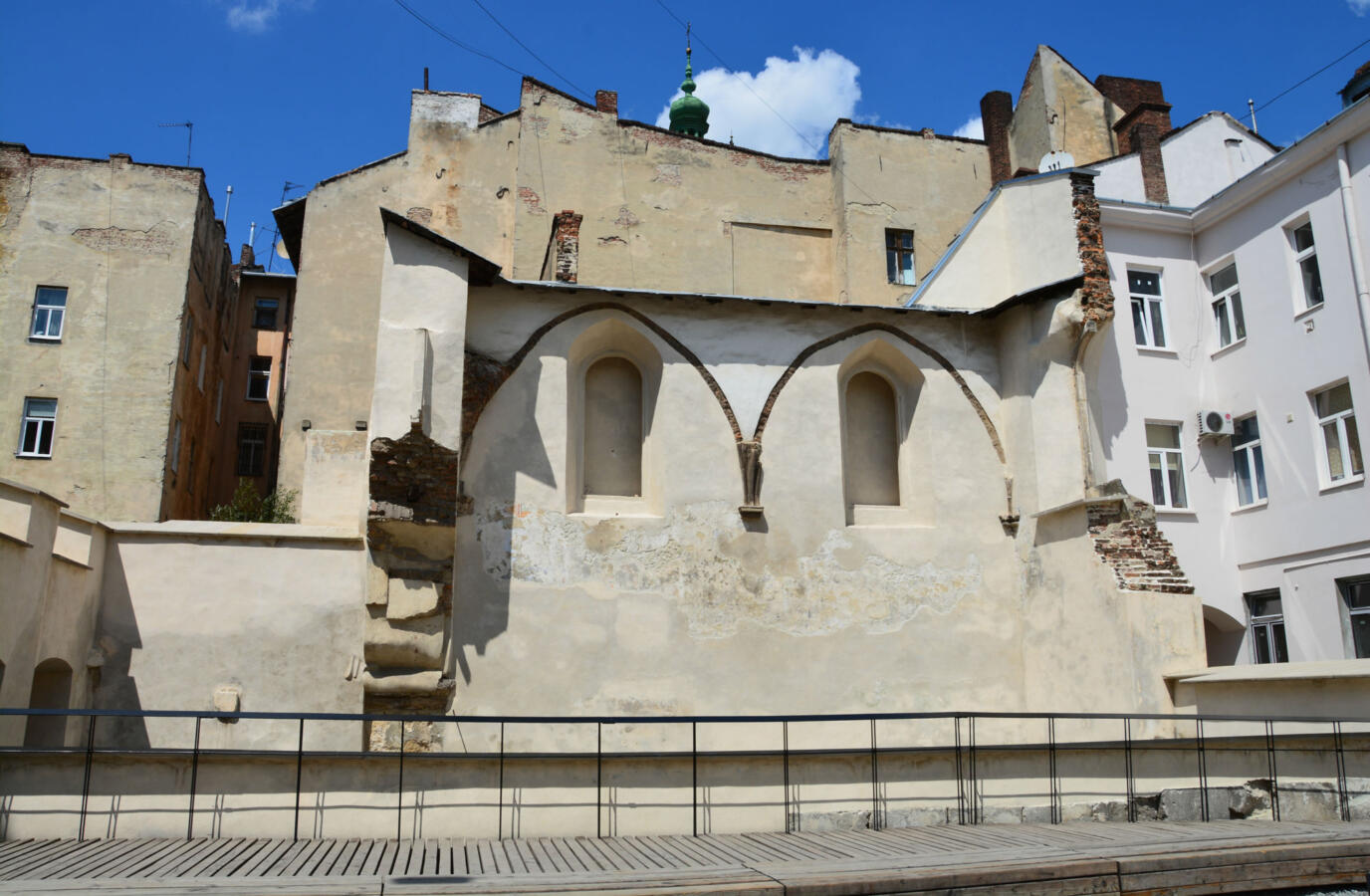The borders of modern-day Ukraine encompass parts of what was once the Polish-Lithuanian Commonwealth (1569–1795), the Austro-Hungarian Empire (1867–1918), the Russian Empire (1721–1917) and the former Soviet Union (1922–1991). The history of Jews in Ukraine goes back over 1,000 years; sources in the Cairo Geniza note a Jewish presence in Kiev, the capital of Ukraine, as early as 930 CE. Throughout Ukraine’s history, Jews could be found in major cities and in shtetls alike.
Many synagogues were built from the 13th through the 18th centuries, especially in the region of Galicia. Few of these structures remain. Synagogues were a common target during pogroms, which hit with full force throughout the 19th century; additionally, many Jewish community buildings were destroyed by Nazi forces during World War II.
In the second half of the 20th century, nearly all surviving synagogues were confiscated by the Soviet Union and used for a variety of state purposes, ranging from storage warehouses to opera houses. Upon declaring independence in 1991, the newly sovereign state of Ukraine returned many synagogues back to remaining Jewish communities. Today, a small number of historical synagogues have been restored and continue to serve as hubs of Jewish prayer and education. Other synagogues are permanently gone, with only a plaque nearby to remind passersby of the Jewish community that once gathered there.
The architectural style deployed to construct synagogues varied greatly from place to place and was often a reflection of the local Jewish community’s safety, status and economic standing, which fluctuated greatly due to the political instability and antisemitism that have shaped Eastern European Jewish life for the last several centuries.

Help us keep Jewish knowledge accessible to millions of people around the world.
Your donation to My Jewish Learning fuels endless journeys of Jewish discovery. With your help, My Jewish Learning can continue to provide nonstop opportunities for learning, connection and growth.
Lviv’s Golden Rose Synagogue
Prior to WWII, the oldest synagogue within Ukraine’s modern borders was the Golden Rose Synagogue in Lviv. Throughout its history, the synagogue was also known as the Nachmanowicz Synagogue or the Turei Zahav Synagogue. Constructed in 1582, the building’s architects utilized the renaissance style that had become common among European synagogues in that period.
The synagogue was often a target of antisemitism. The building was held for ransom by Jesuits in the early 17th century, although the Jewish community was able to buy it back. In 1941, the Golden Rose Synagogue was badly damaged by Nazi forces; in 1943, the Nazis rendered in unusable.
Today, the sanctuary remains in ruins, although Lviv’s Jewish leaders yearn to restore the synagogue. Currently, the former lobby is used by members of Lviv’s Jewish community as a makeshift place for prayer.
Fortress Synagogues
The oldest synagogue that is still standing in Ukraine is believed to be the Sataniv Synagogue in Western Ukraine. Some historians date the synagogue’s original construction to 1514, while others say it was likely constructed sometime in the 1700s. Like many places of worship during that era, a thick wall was built around the Sataniv Synagogue so that the building and its dwellers would survive invasions and attacks. This style is known as fortress architecture, and was also utilized by the Husiatyn Synagogue, which is about 23 miles south of Sataniv.
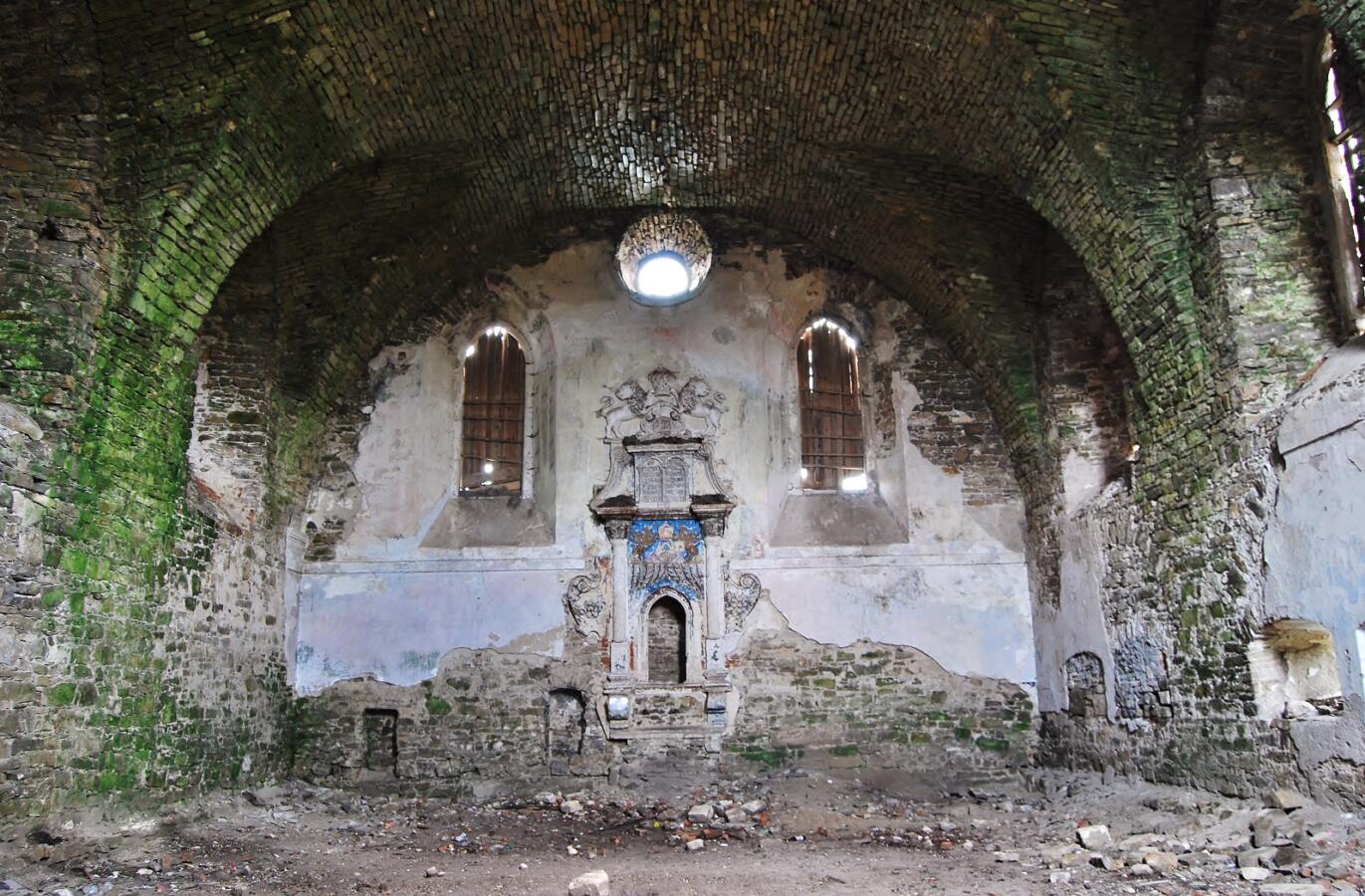
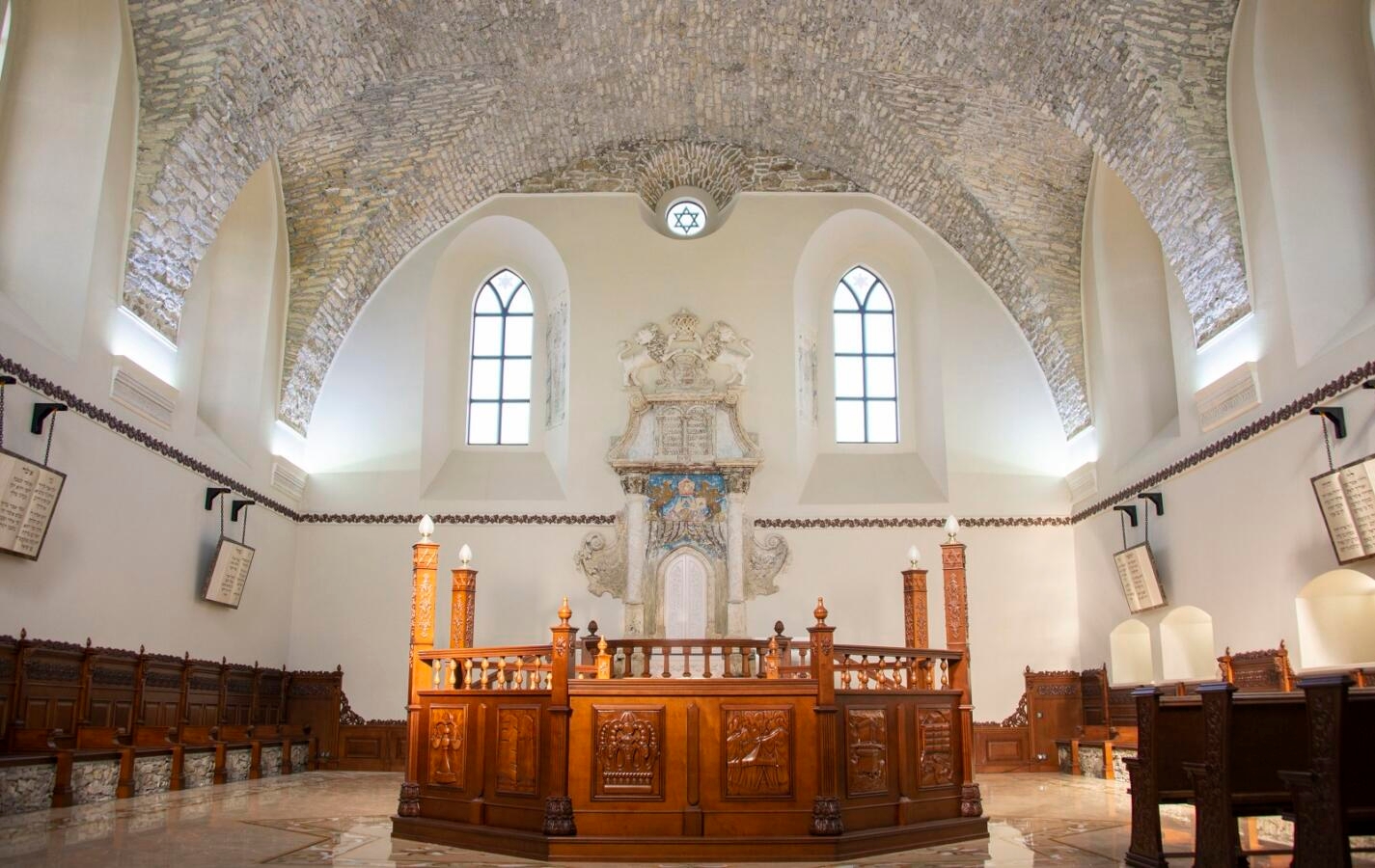
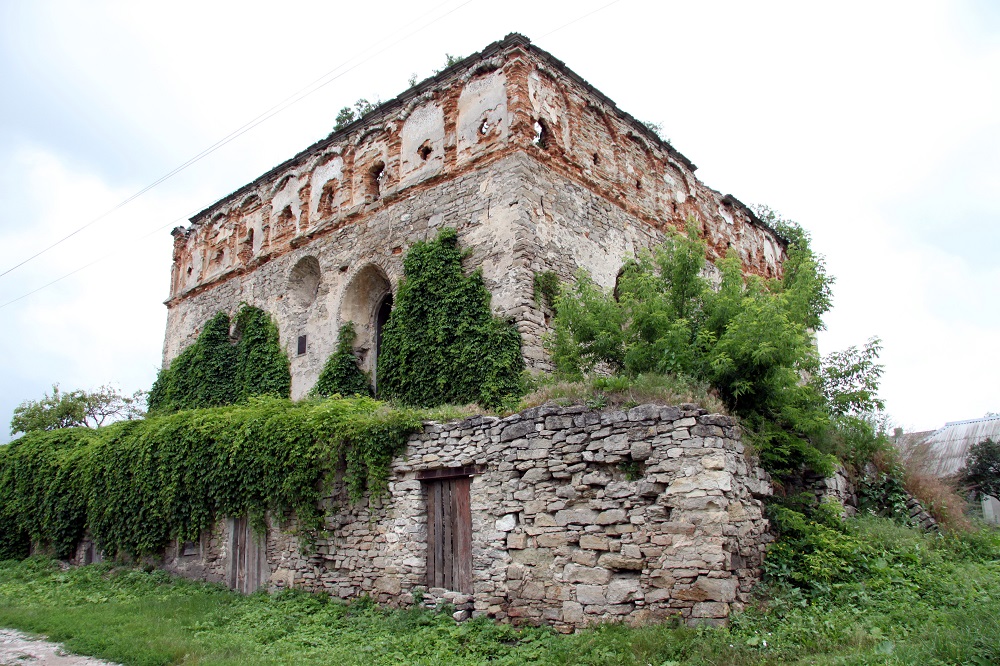
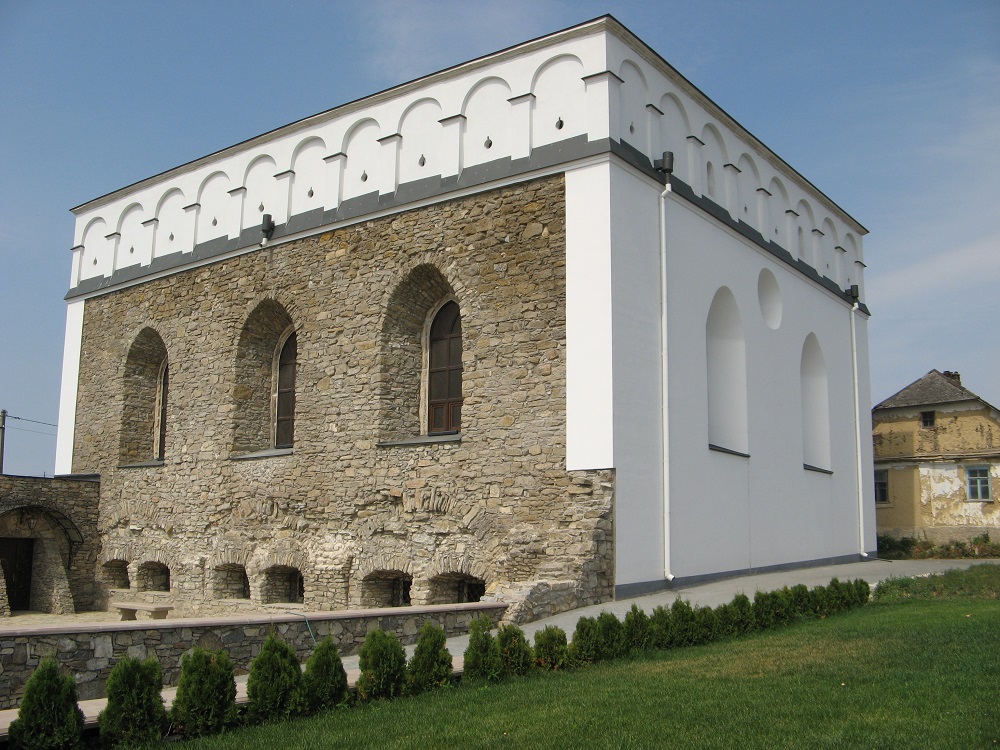
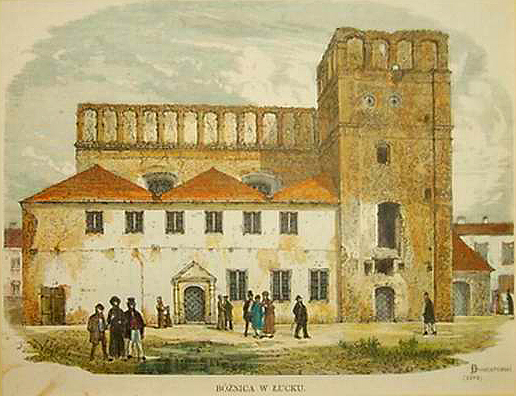
The Husiatyn Synagogue was built in the 16th century and served the local Jewish community until World War II, when the building was severely damaged. In 1972, the Soviet Union turned the ruins into a cultural museum for the local town — the synagogue is also near a castle and church — but the building once again decayed and is currently vacant.
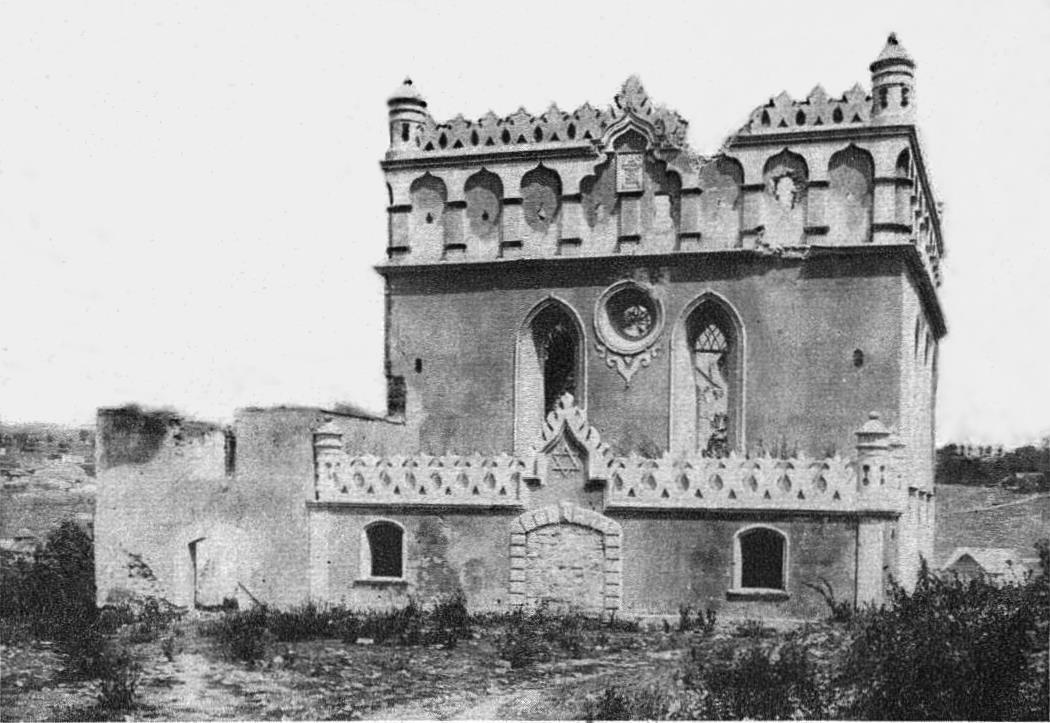
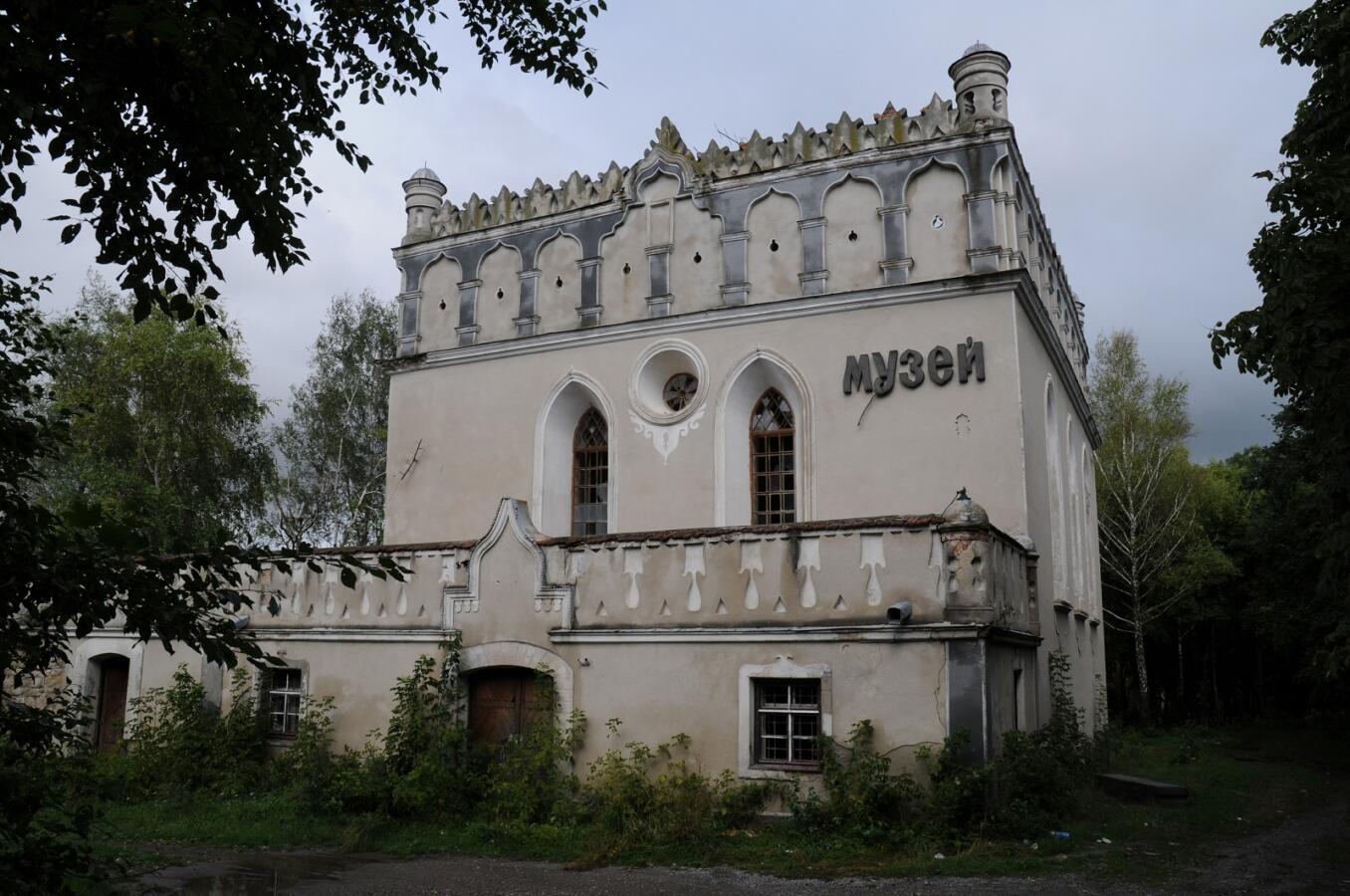
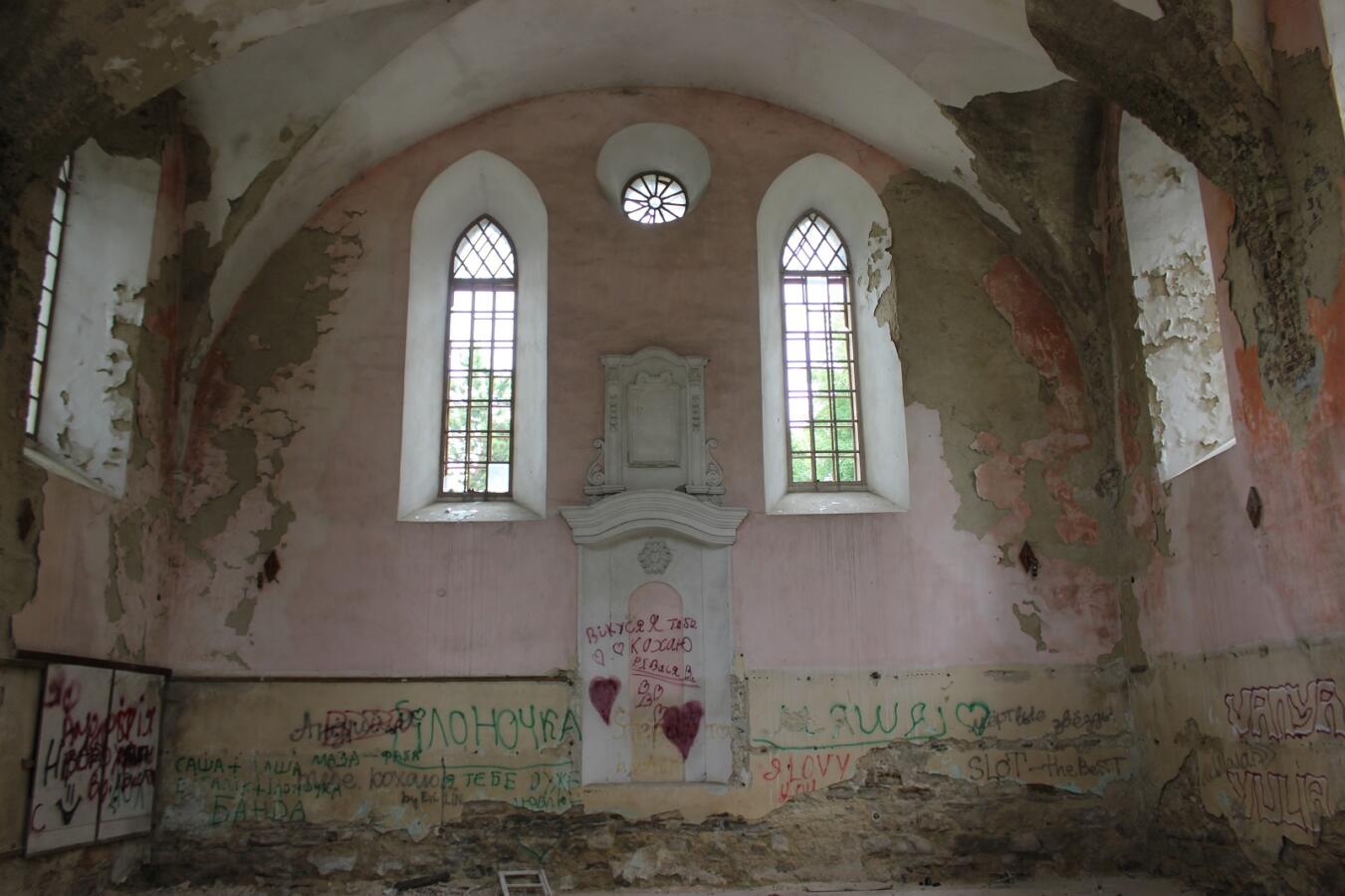
Wooden Synagogues
Timber was the material of choice in many Jewish towns and shtetls across the Polish-Lithuanian Commonwealthm (which then included the territory that is modern day Ukraine) beginning in the late 16th century. Constructing a synagogue from wood was not only cheaper due to the abundance of surrounding forests; it also allowed local Jewish communities to circumvent the building permits necessary for masonry, as well as distinguish their places of worship from stone churches. By utilizing timber to create multi-floor centers of Jewish life and learning, Jews created a unique style of synagogue architecture that remains solely associated with shtetl life in Eastern Europe.
The synagogues were even more notable inside and often featured intricate wood carvings of biblical motifs that were painted brightly. The largest wooden synagogues were destroyed by the end of World War II, but there are ongoing efforts to reconstruct models or renovate smaller surviving synagogues. The most famous reconstruction is the Gwoździec Synagogue, which once stood in the Ukrainian town that is known today as Hvizdets. The original synagogue was burned down by Nazi soldiers.
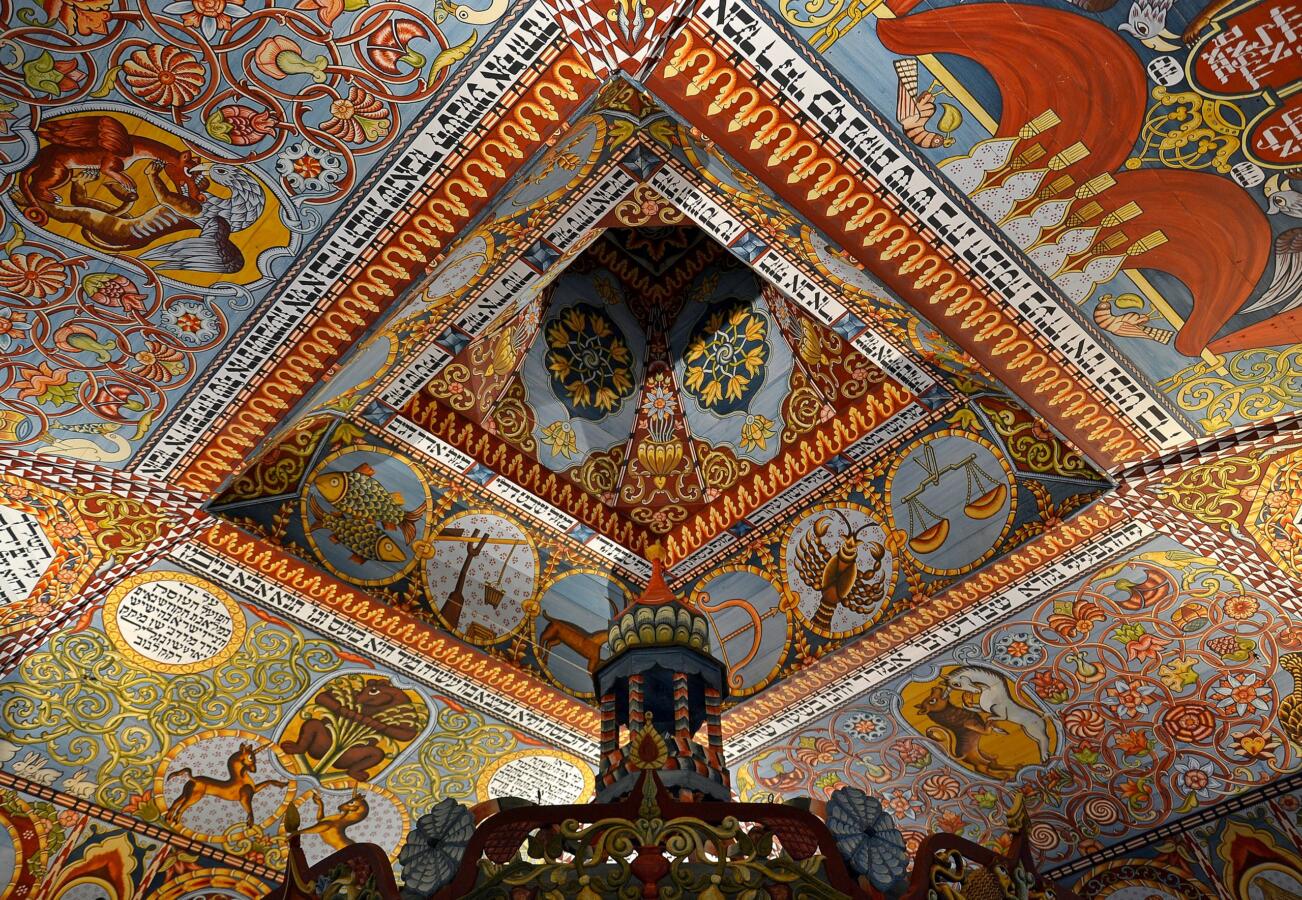
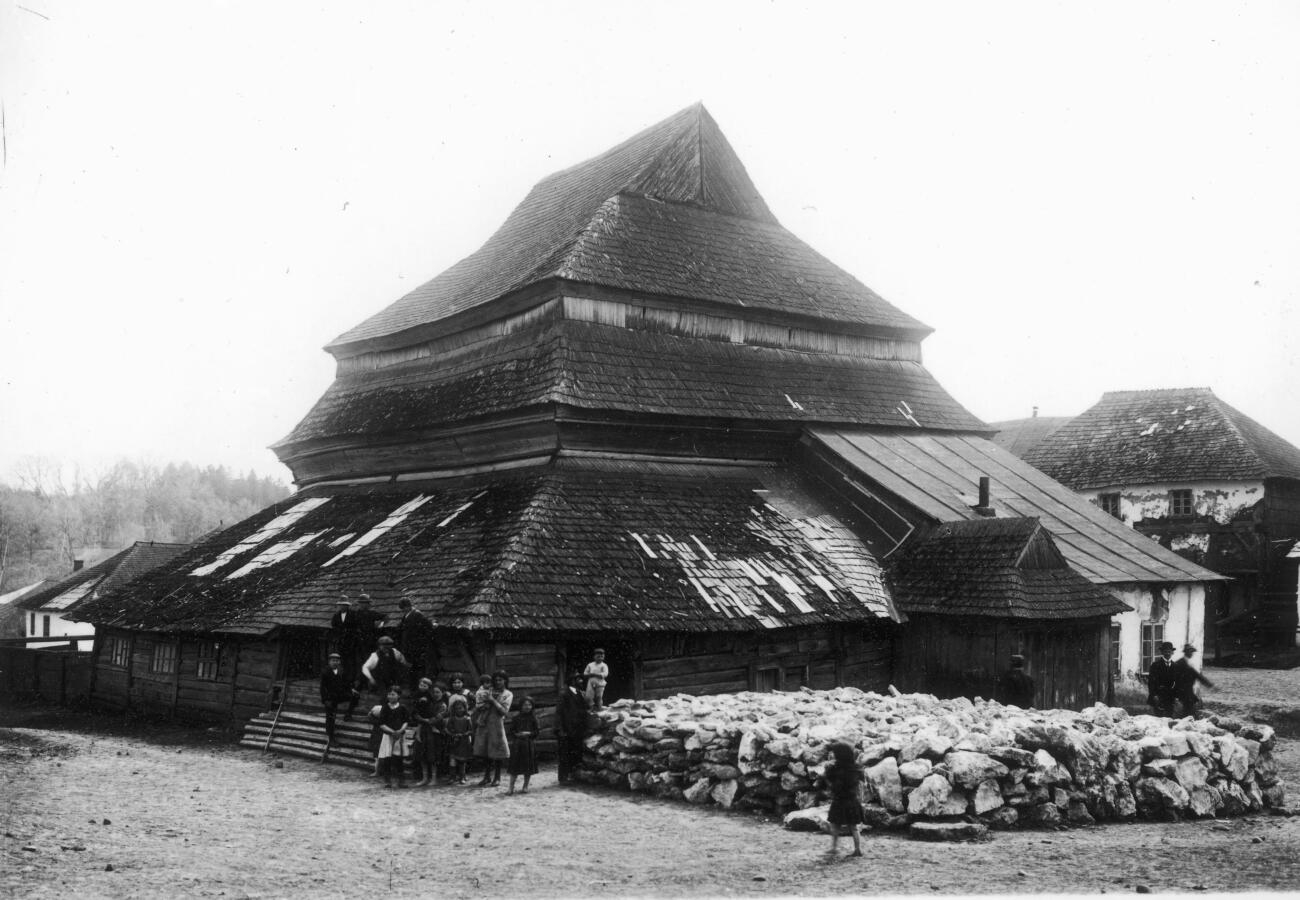
The Gwoździec Synagogue’s vibrant domed ceiling was recreated in 2011-2012 and lives on today inside the Museum of the History of Polish Jews in Warsaw, Poland. On the right is a photograph of the original synagogue in the 1920s. (Wikimedia Commons)
While the reconstructed Gwoździec Synagogue is in Warsaw, the Museum of Jewish Art and History in Paris and the Museum of the Jewish People in Tel Aviv also have reconstructed wooden synagogues on display.
The only wooden synagogue in Ukraine that is believed to have survived World War II entirely is located in Skhidnytsia, a town 65 miles north of Lviv. Today, the building has been remodeled and repurposed as a church.
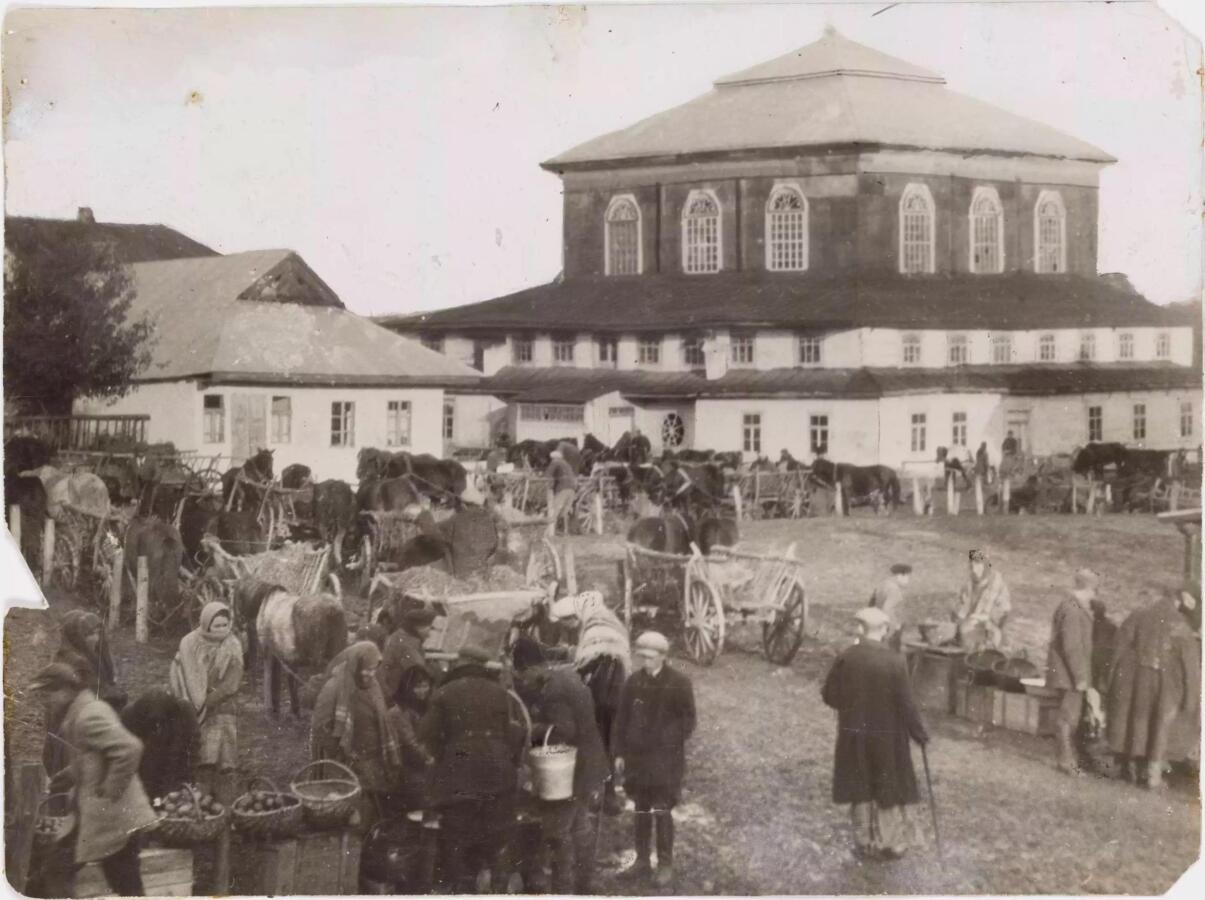
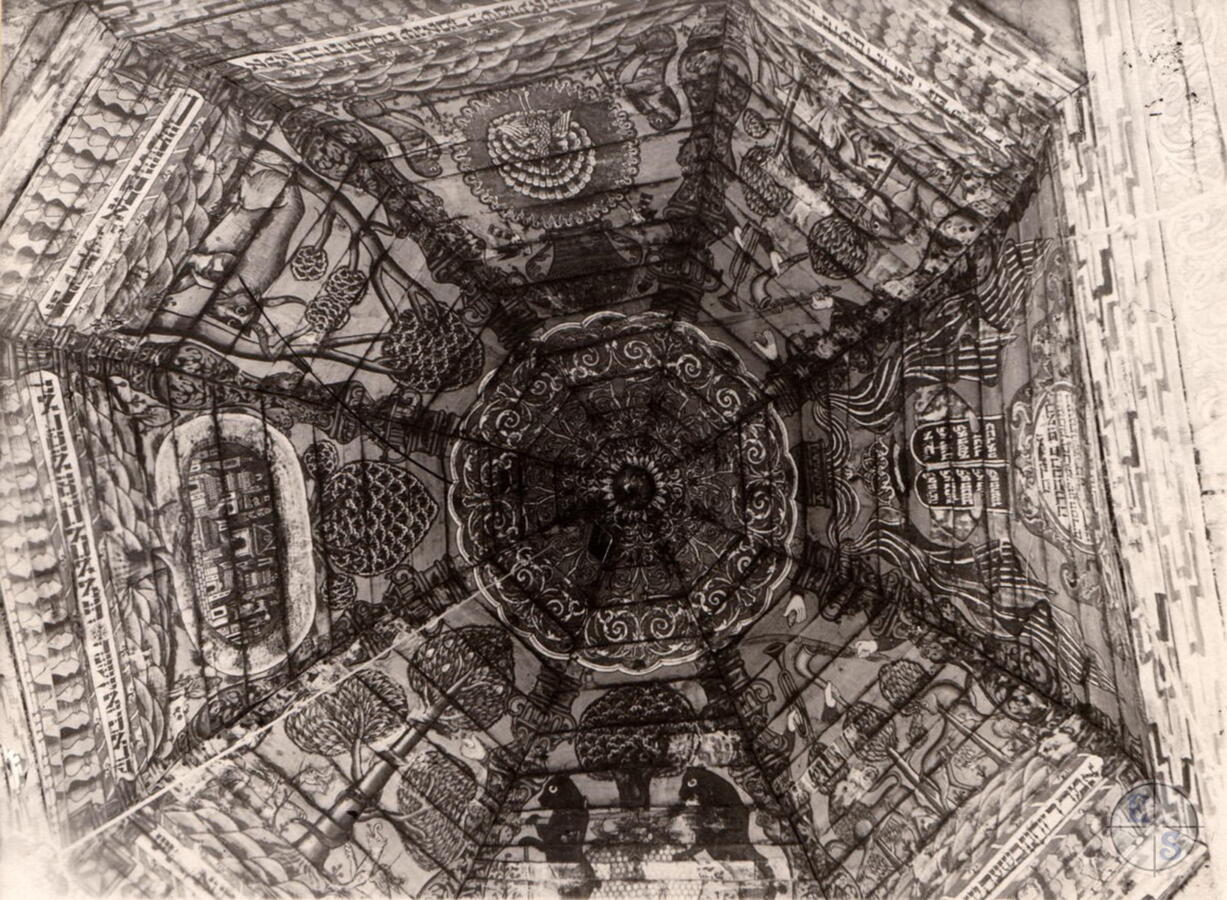
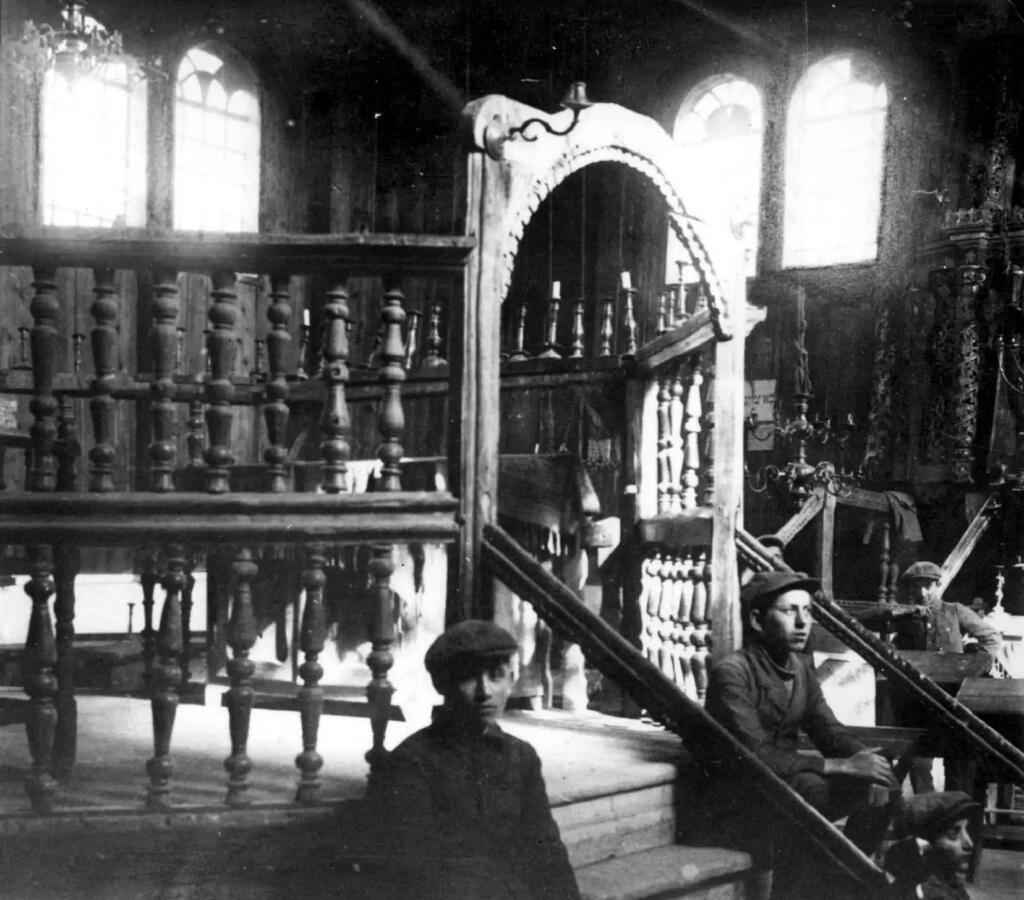
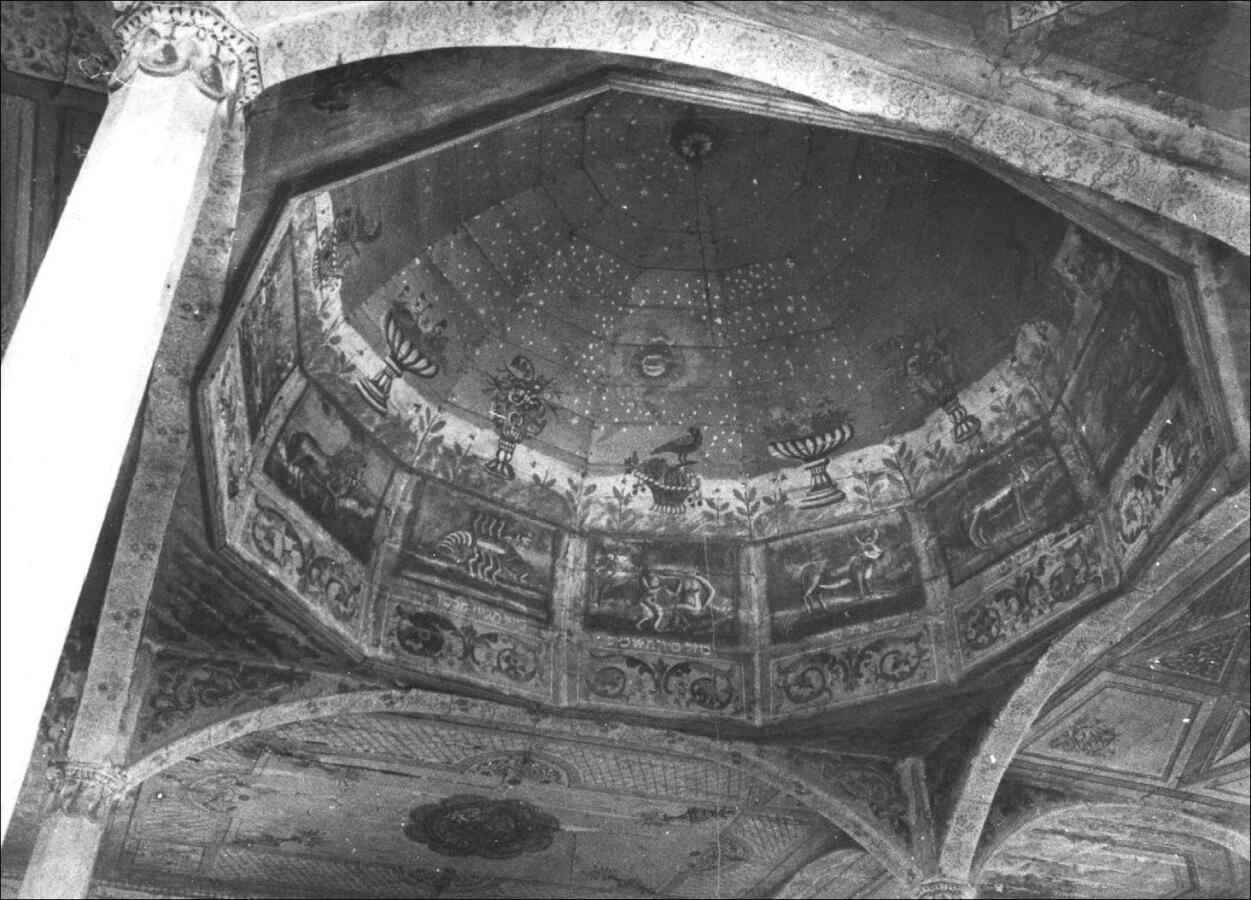
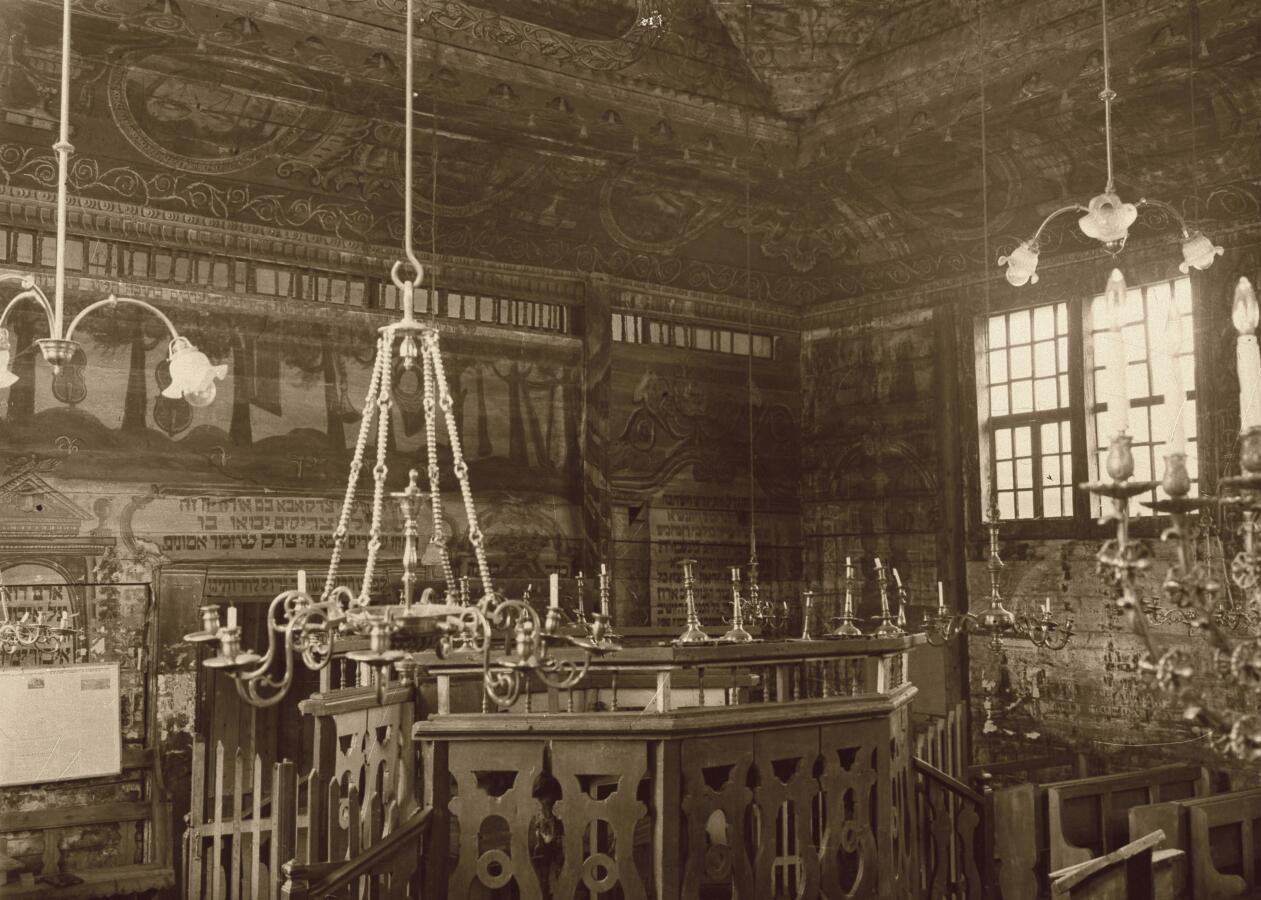
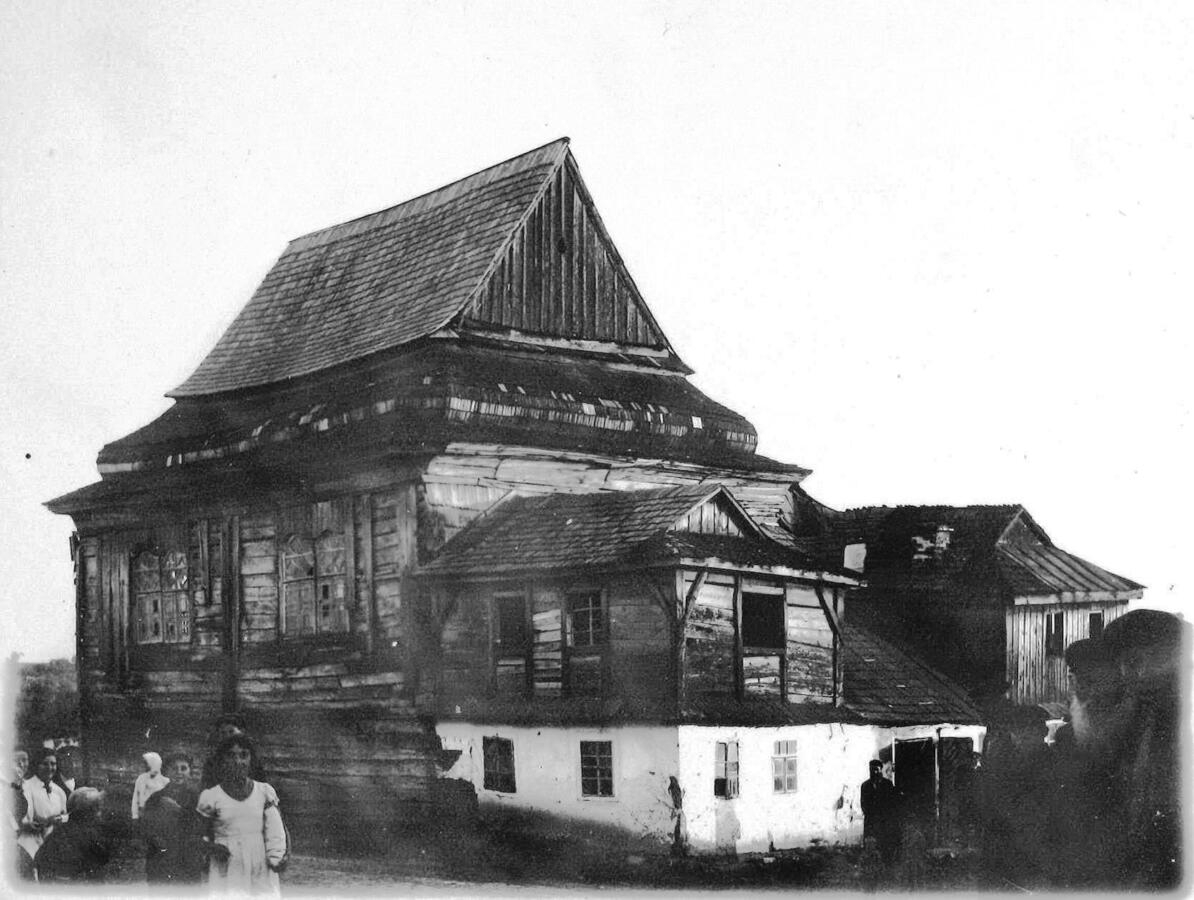
Choral Synagogues
Influenced by the Jewish enlightenment (also known as the Haskalah), choral synagogues emerged across Europe in the late 18th century. Choral synagogues differed from their predecessors in architecture and in the style of the services. Previously, the bimah was located in the center of the sanctuary in synagogues so that congregants surrounded the prayer leader; in the new choral synagogues, the bimah was near the ark at the front of the sanctuary, like many American synagogues today. The men’s section was constructed to face the bimah and ark, rather than wrapping around the bimah like in wooden synagogues.
Choral synagogues were mostly constructed in cities. Their architecture and design often reflected Moorish Revival, Romanesque Revival and Neo-Gothic influences.
The largest synagogue in Ukraine today is the Kharkiv Choral Synagogue, in the city of Kharkiv. Construction of the synagogue took place between 1909 and 1913. From 1923 until 1990, the synagogue did not host services; instead, the space was used as a sports club, a movie theatre and as a center for organizing through a Jewish affiliate of the Comintern, a Soviet movement that encouraged communism internationally. Following Ukrainian independence, Jews began to use the space for prayer again, and the building was renovated in 2003. Today, the synagogue is affiliated with Chabad.
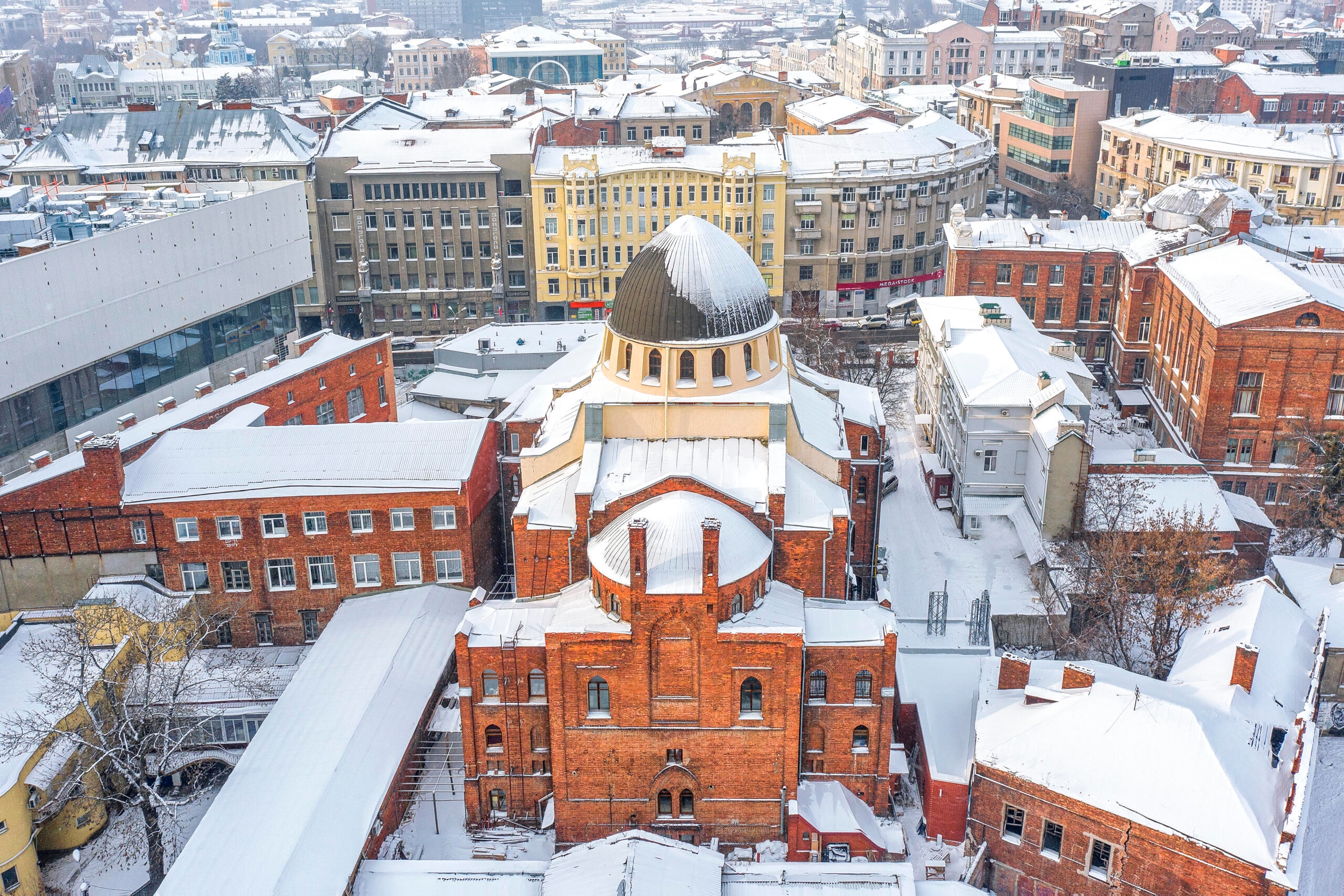
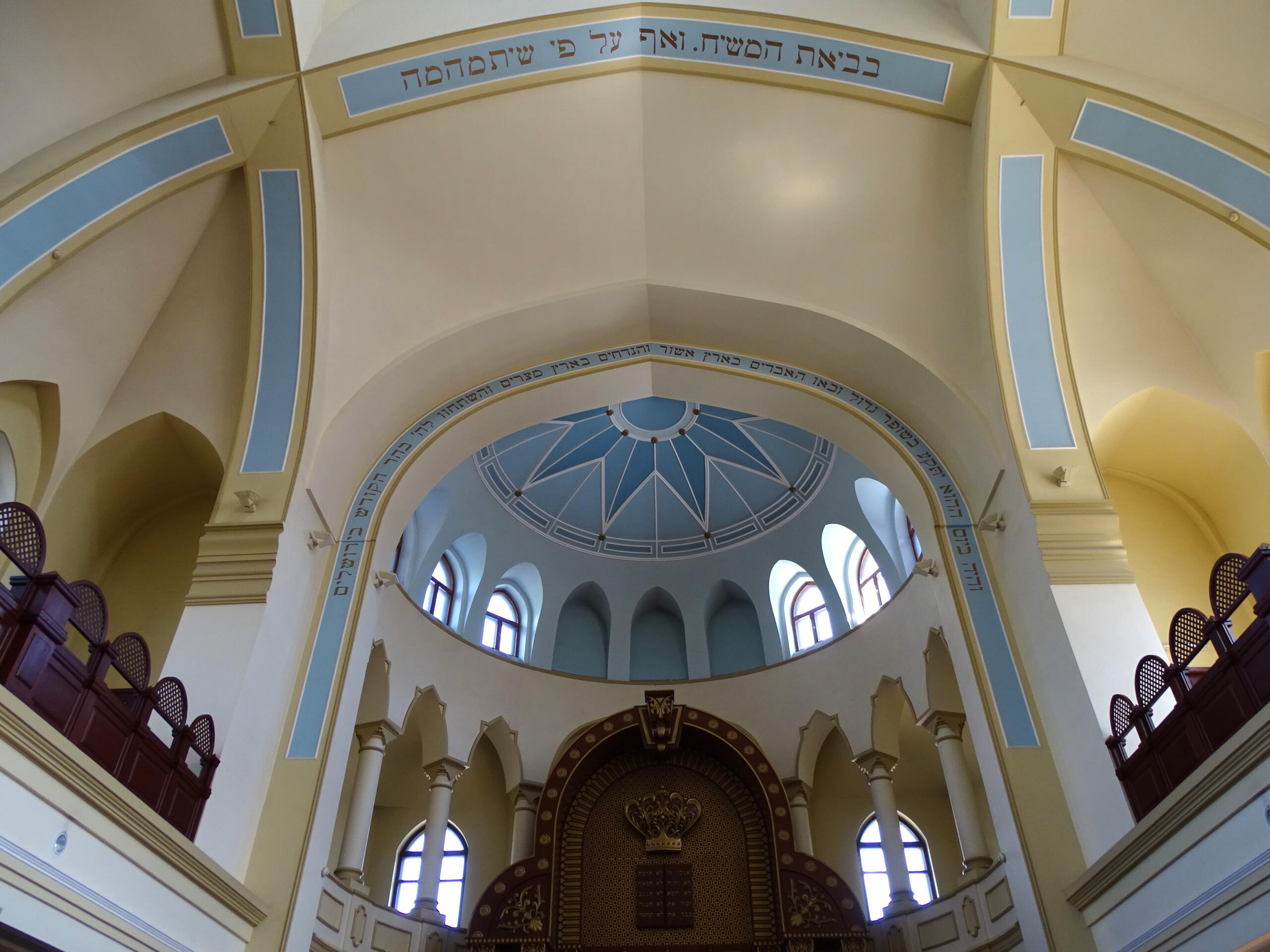

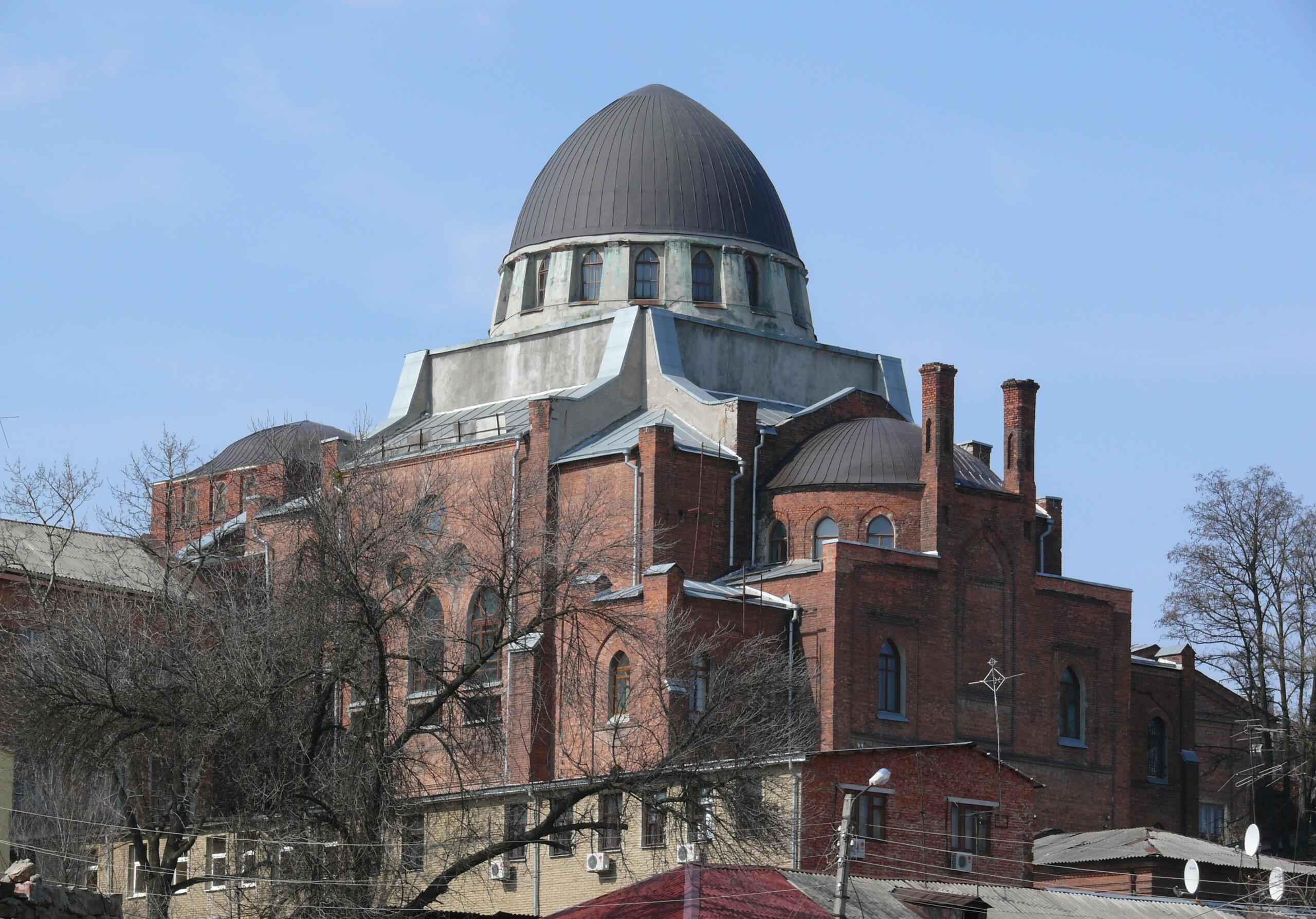
The Choral Synagogue of Drohobych is another one of Ukraine’s notable synagogues that has survived pogroms, WWII and the Soviet Union. Originally constructed in the mid-19th century, Drohobych’s synagogue was considered the main synagogue in Galicia. While the building was not destroyed in WWII, it was seized by the Soviet Union at the end of the war and used as a warehouse. Ownership of the synagogue was returned to Drohobych’s Jewish community in 1991, and the building underwent a major restoration between 2014 and 2018.
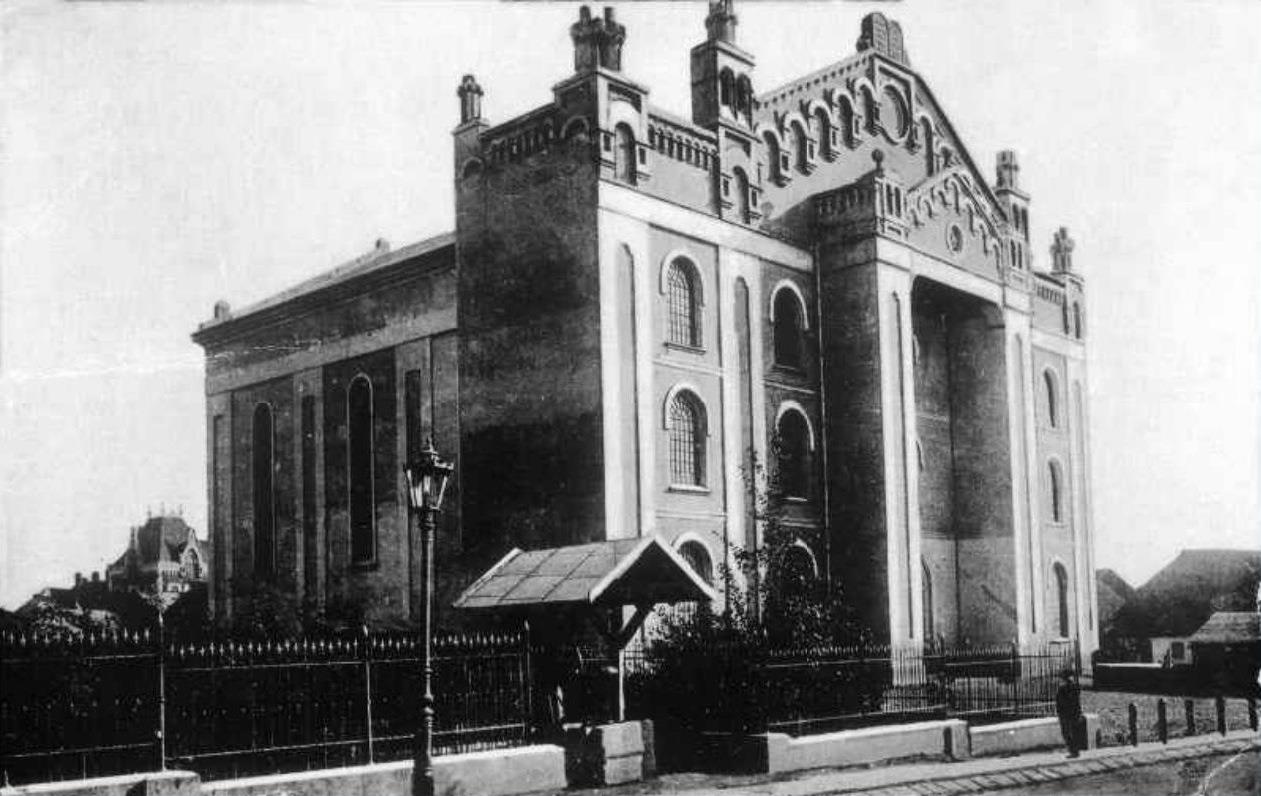
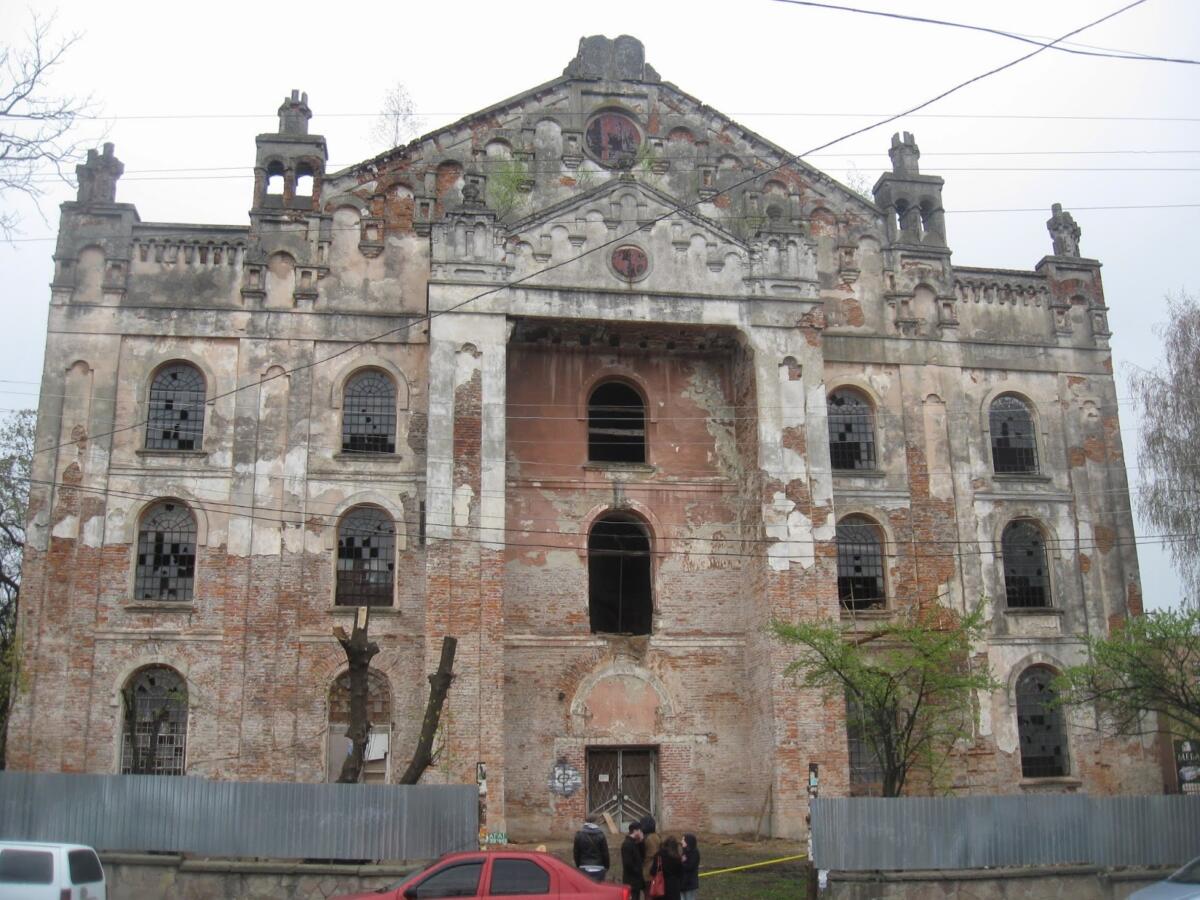
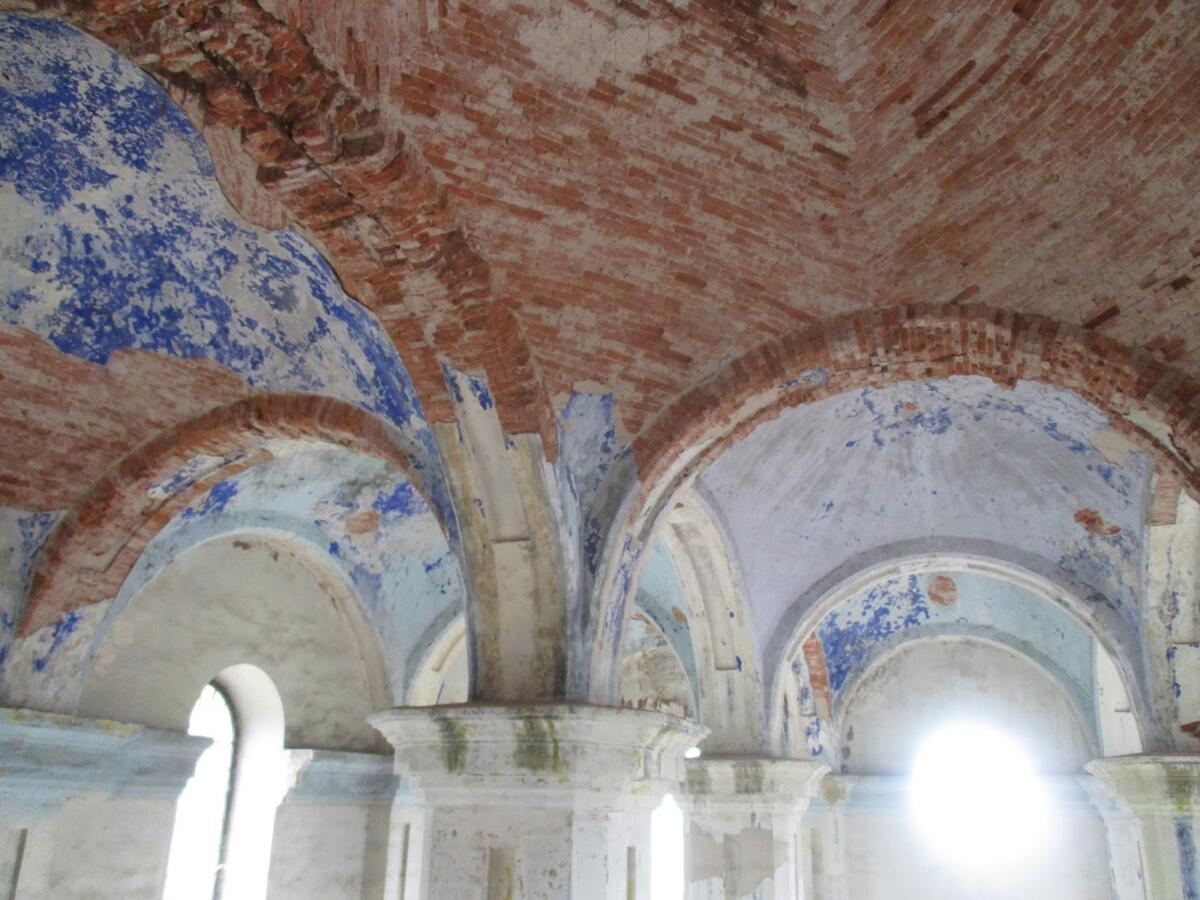
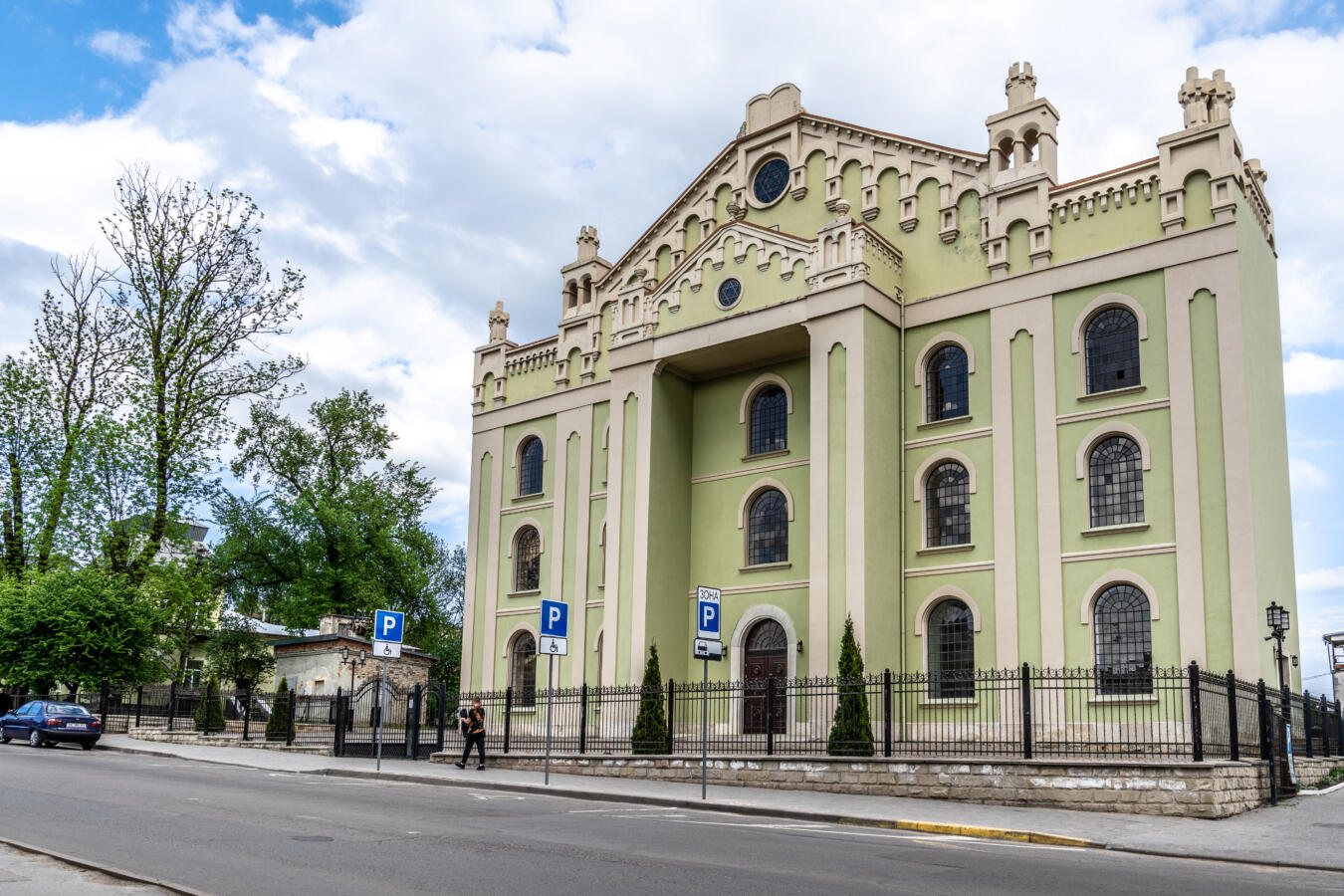
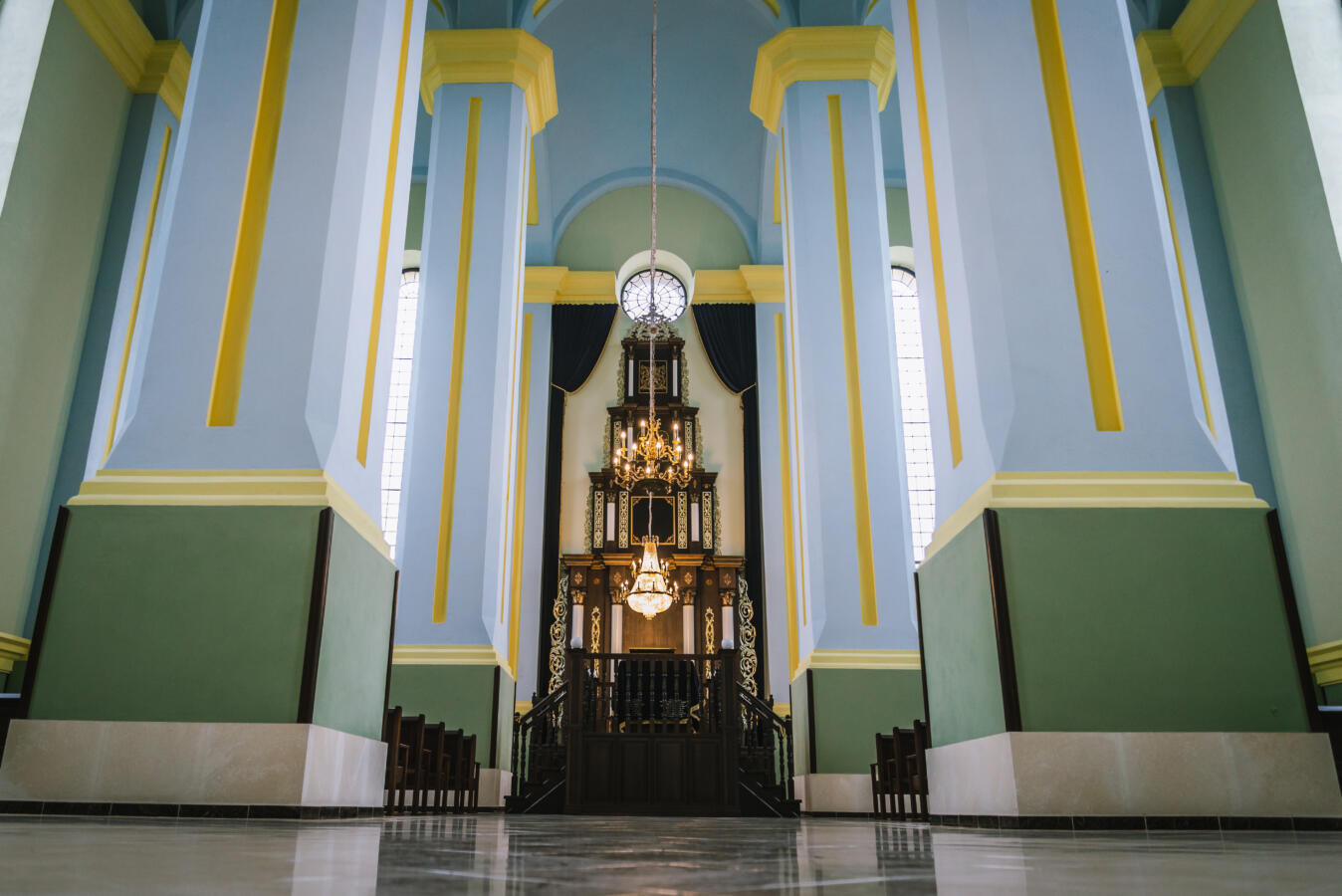
The Choral Synagogue of Bila Tserkva, located 50 miles south of Ukraine’s capital Kyiv, was built in 1860. Soviet authorities converted the synagogue to a college building and removed all Jewish imagery from the design.
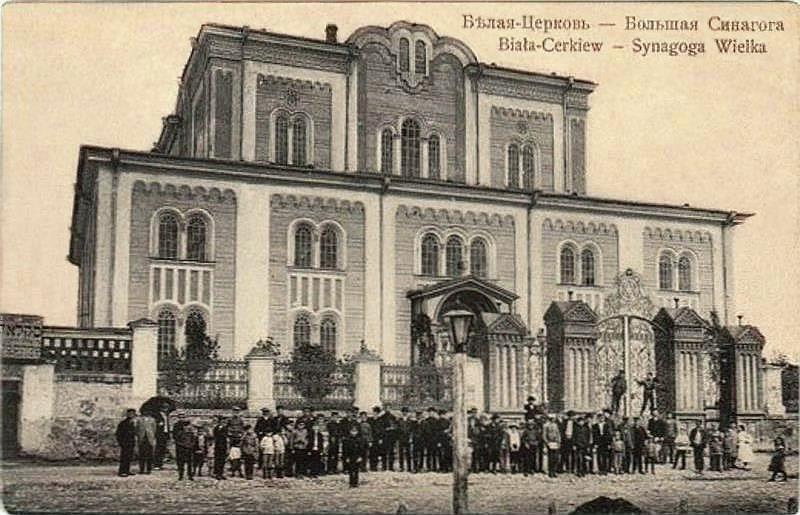
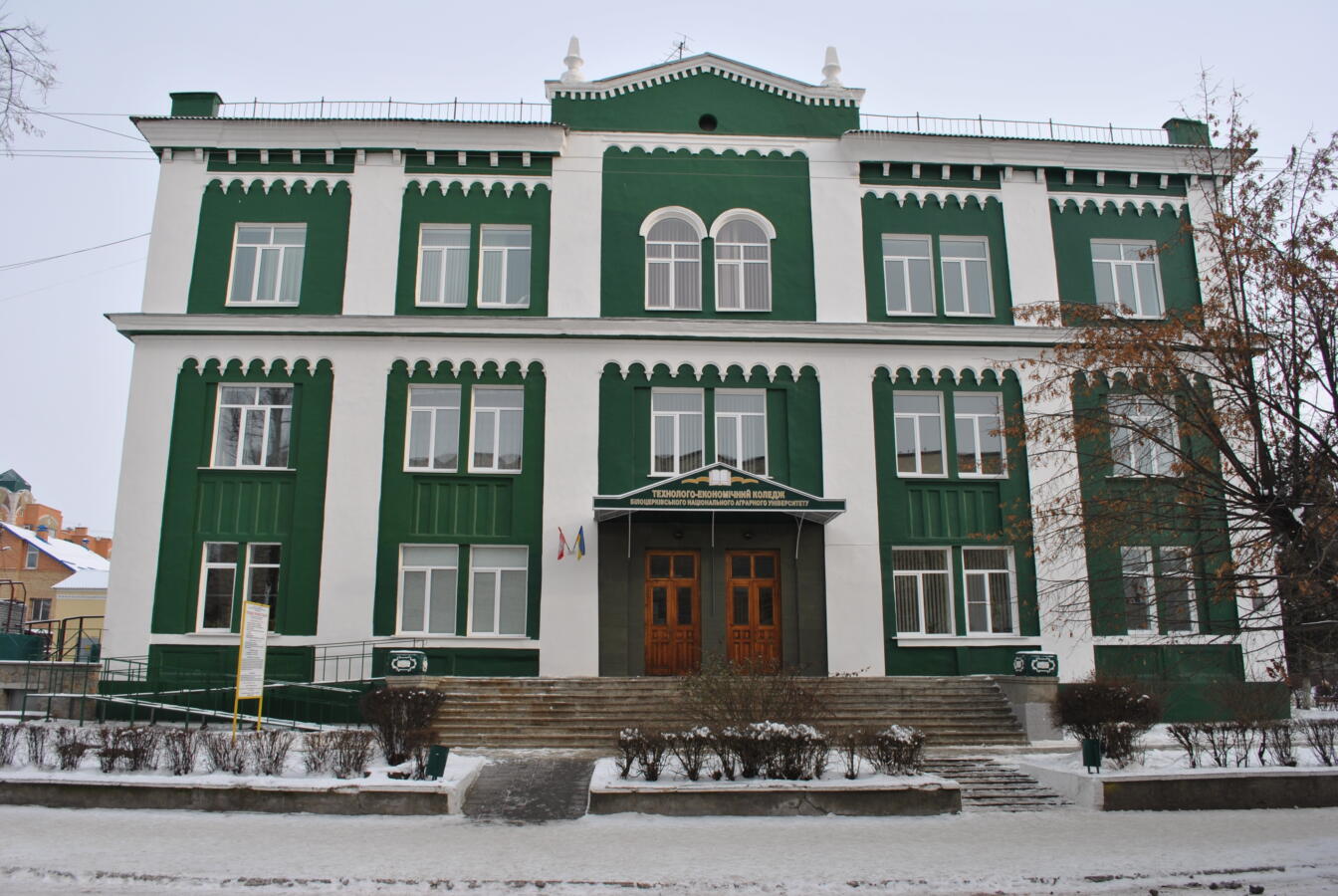
In the city of Dnipro, the choral synagogue is known as the Golden Rose Synagogue. The building was originally constructed in 1896. In 1999, parts of the Golden Rose Synagogue was renovated by Israeli architect Frank Meisler. Today, the synagogue serves some of the city’s estimated 50,000 Jewish residents and is located adjacent to Dnipro’s Menorah Center, which is believed to be the largest Jewish life complex in the world. Operated under the auspices of Chabad, the Menorah Center includes a Jewish museum, kosher restaurants and a market, a hotel and shops.
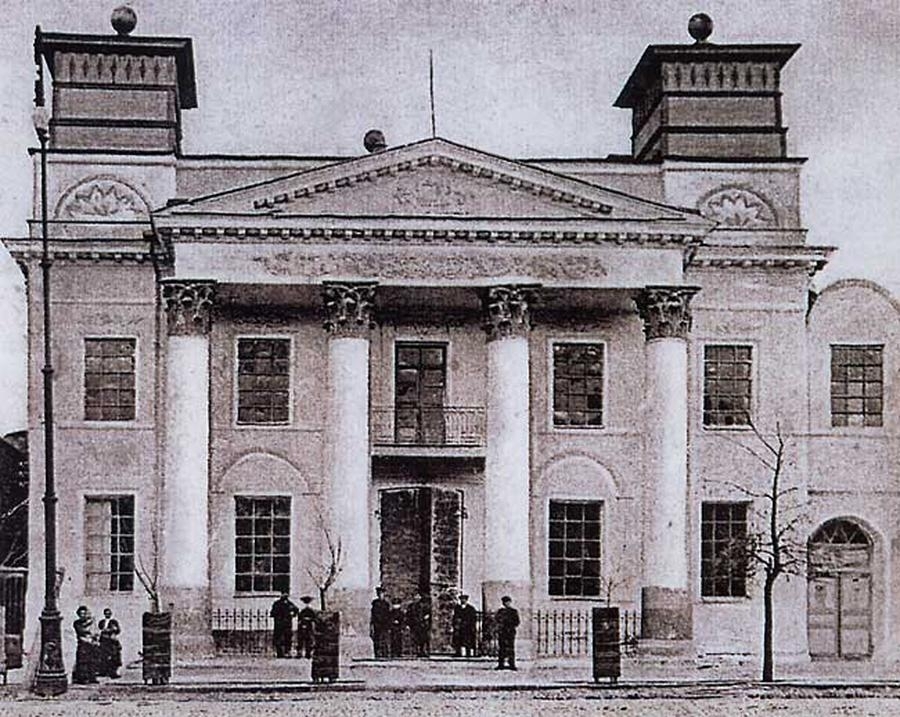
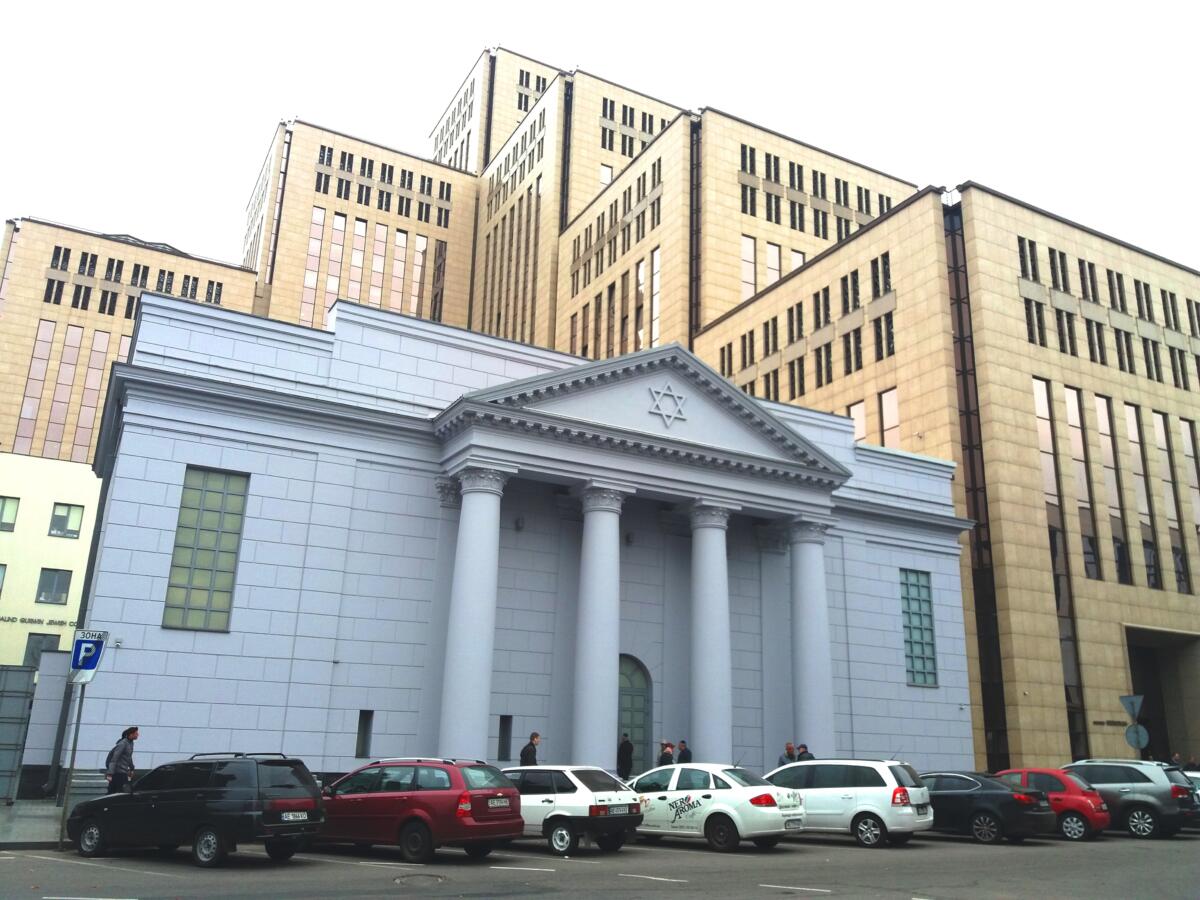
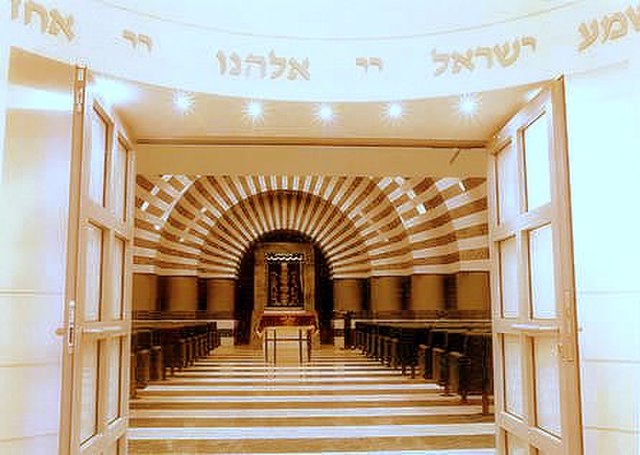
In the capital city of Kyiv, there are two historic choral synagogues that are still active today: the Brodsky Synagogue and the Great Choral Synagogue. The Great Choral Synagogue is the oldest synagogue in Kyiv, as it was constructed in 1895. While the Nazis used the building as a horse stable during WWII, the synagogue has been accessible to the Jewish community since the end of the war.
While considered a choral synagogue due to its interior, the Brodsky Synagogue’s exterior was unique when it was built in 1898, as it was inspired by Roman basilicas. After being destroyed in WWII, the building was salvaged by Soviet authorities and converted into a puppet theater. When the theater relocated in 1999, Jewish leaders in Kyiv regained access to the synagogue. Today, the congregation is affiliated with Chabad.
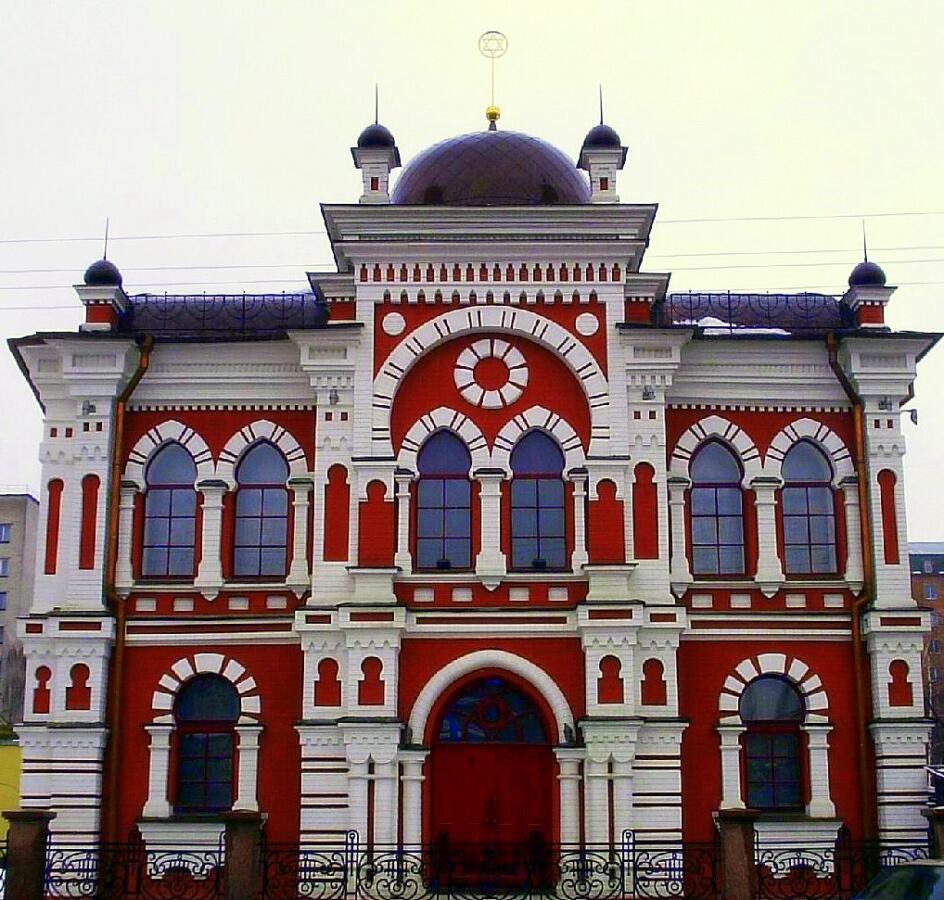
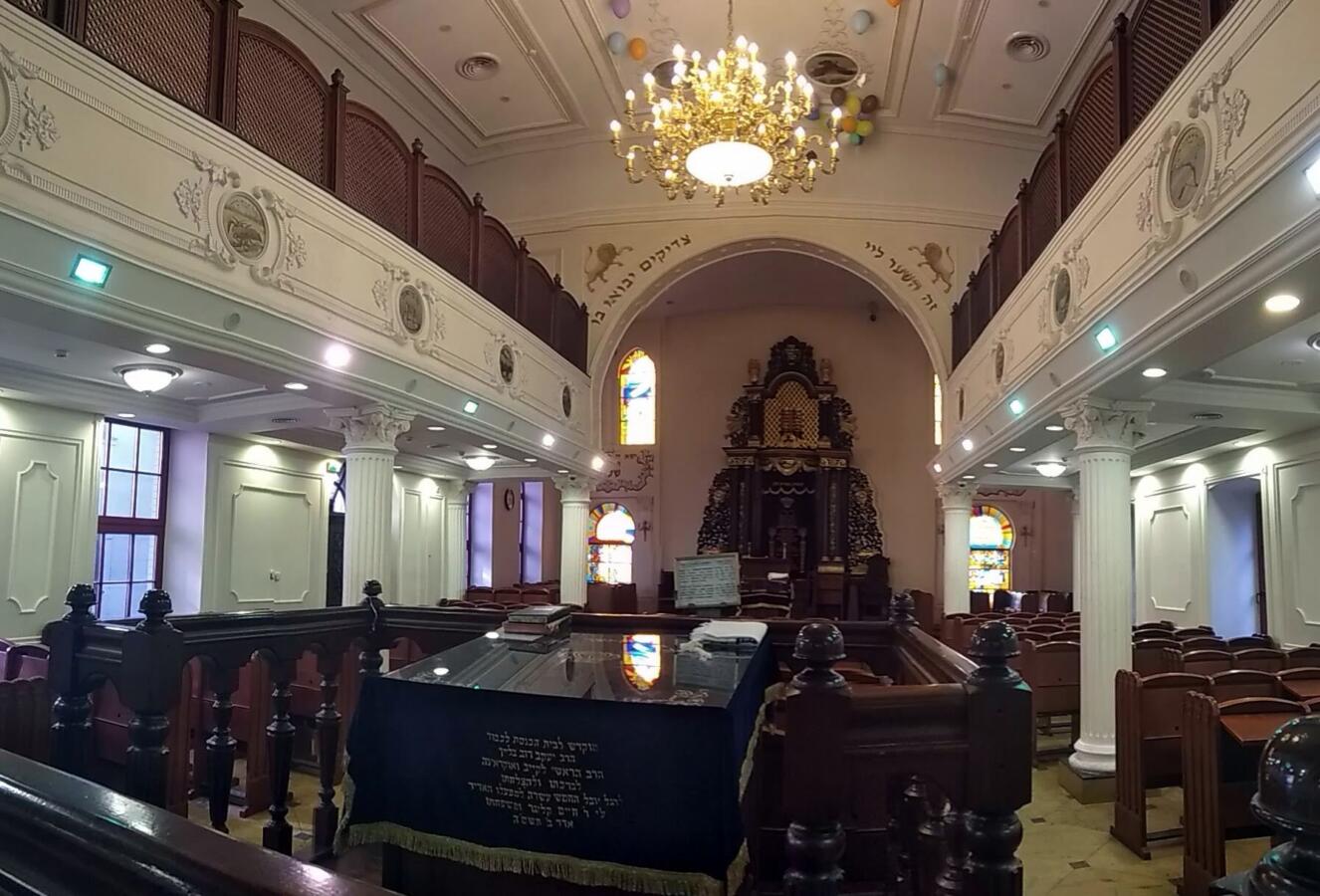
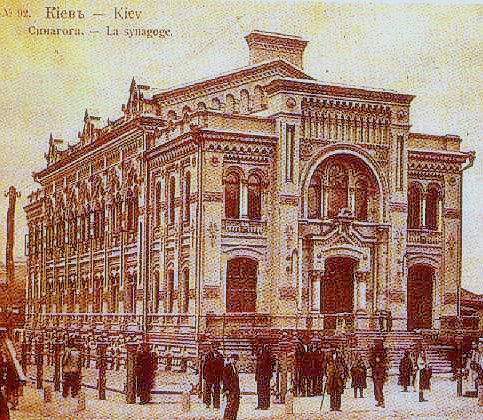
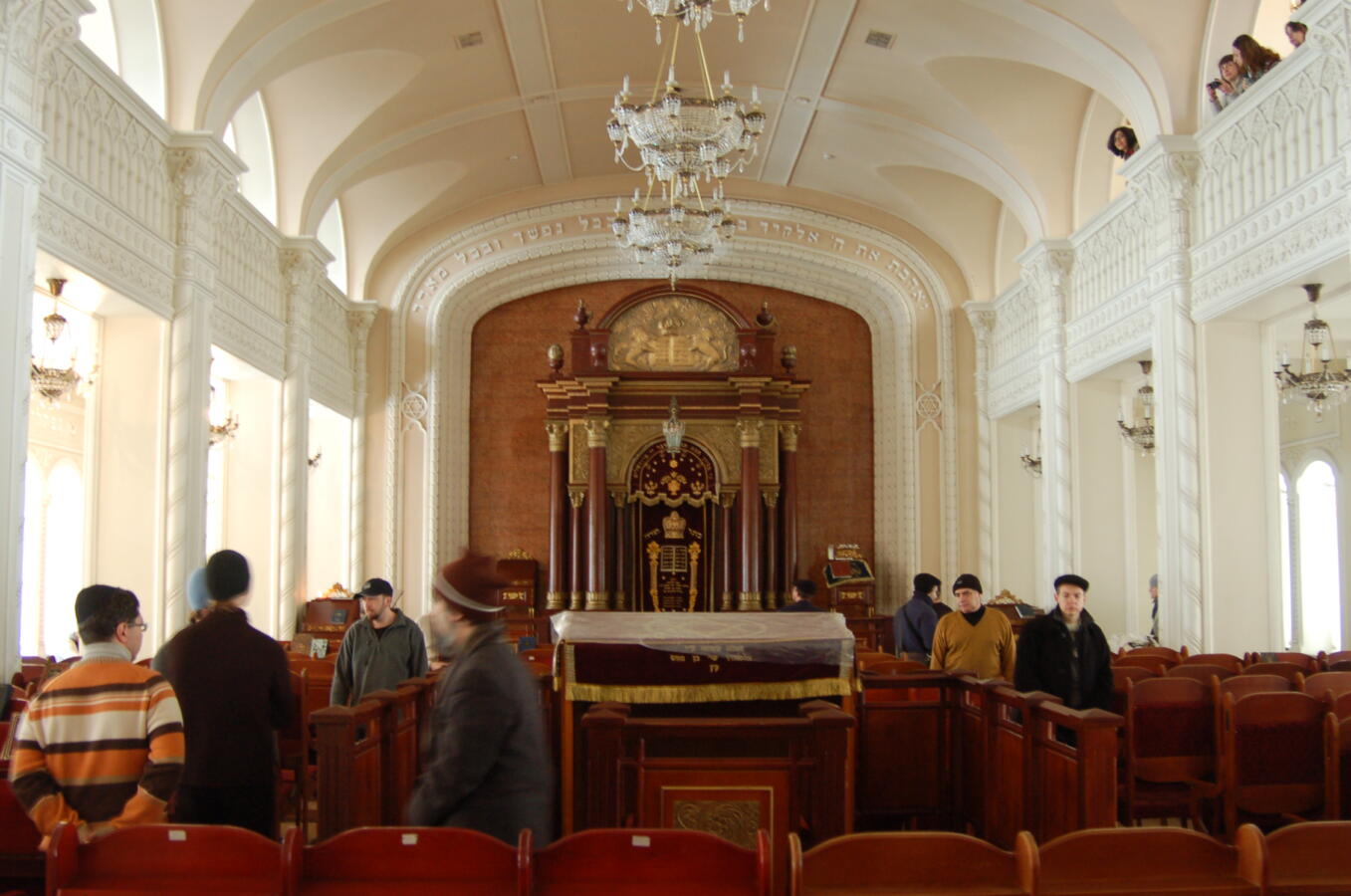
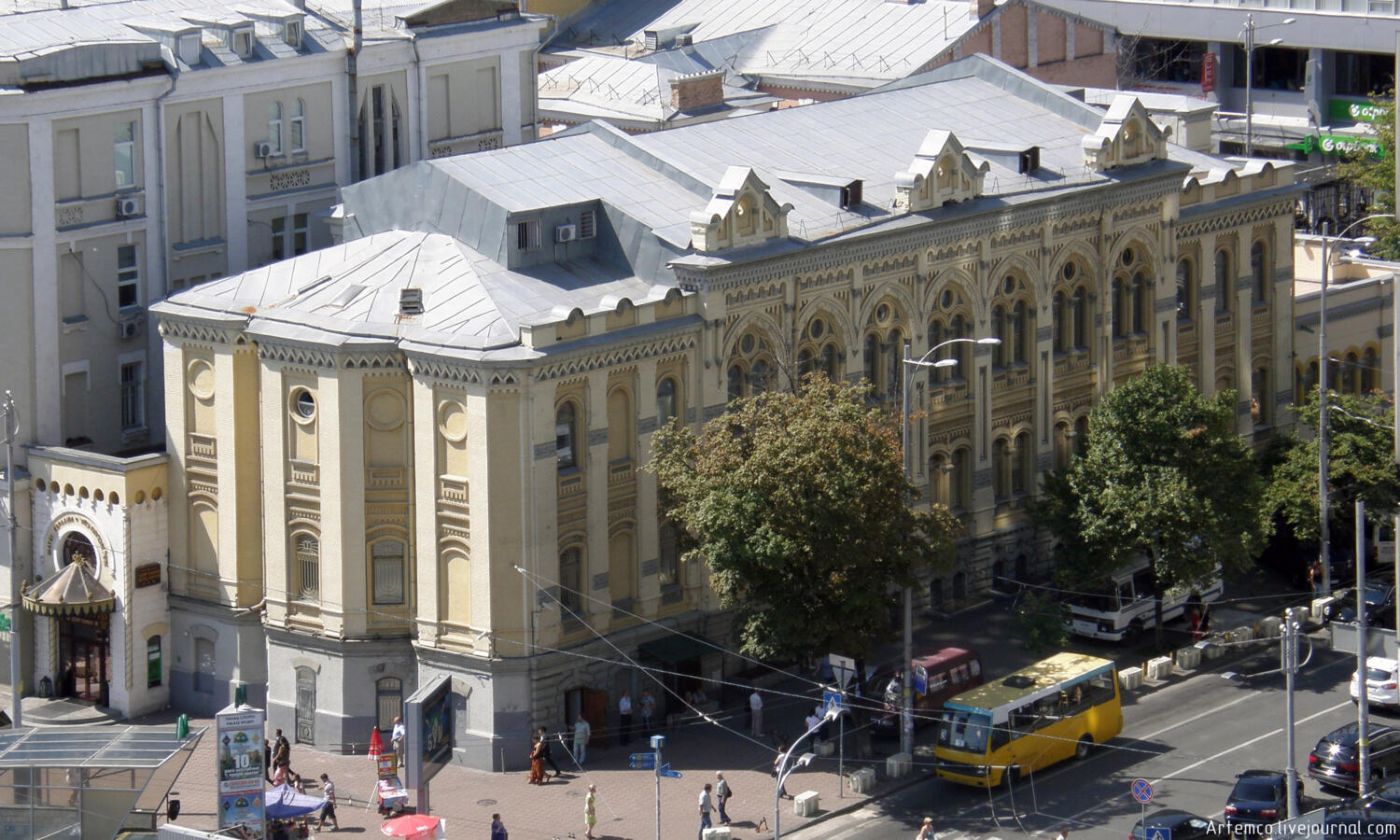
Want to learn more about the Jews of Ukraine, past and present? Sign up for My Jewish Learning and JTA News’ email series to learn more about the complicated Jewish history of Ukraine and how the past sheds light on the battles unfolding today.
